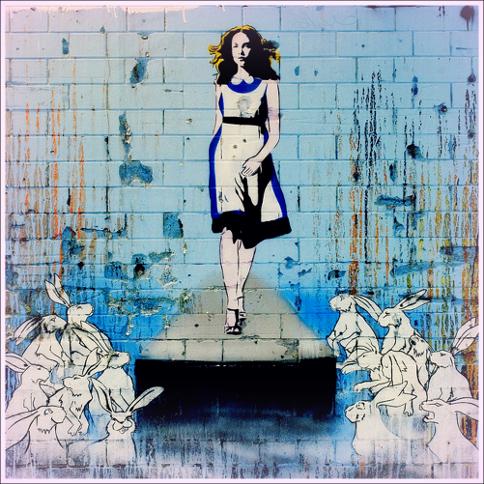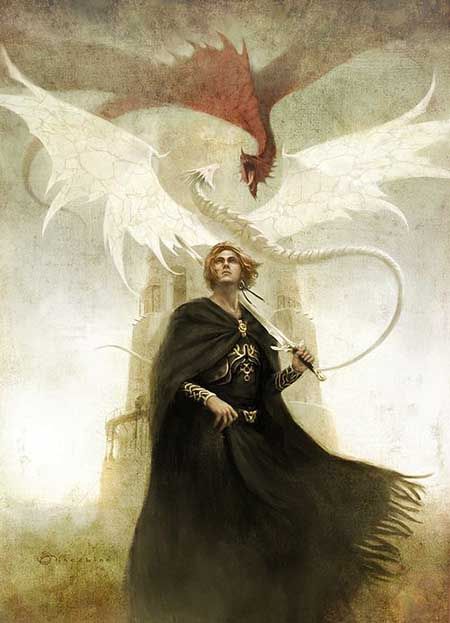Claíomh Solais
(Shining Sword)
*** WRITING IN PROGRESS ***
Third Novel in Series, set in the future ~ Standalone ~ Dystopian
Epic Fantasy, Paranormal Romance Series - A Carpet of Purple Flowers
Regina Spektor - -Samson- [OFFICIAL VIDEO].mp3
A story of hope and courage in adversity.
The world is in chaos since the people's rebellion waged war on governmental systems which permitted conglomerate greed over the needs of the general population. As civil battles continue in all major cities, more and more children are made orphans. Homeless, scared, and alone, their only way to survive is by sticking together, but that can lead them into dangerous places. This new 'lost' generation become known as ‘Indigos’. Their lives are filled with violence and fear until a young woman, Brooke, offers them an alternative way of living, a wonderland of her own creation. There’s one problem, how can she maintain her care of the Indigos and still seek revenge for her parents’ brutal murder? Is it possible to do both? If so, who must she become to make this happen? Brooke soon realises that the hope she teaches the children through fairy tales is something that she needs to believe in, too. Miracles can happen, but as she learns, only if you’re brave enough to seek them out.
The imagery is of a young man in the story named, Tim. He is an orphan in a post-apocalyptic world.
Book Cover designed by Kos Gleb

Book Characters
Kez
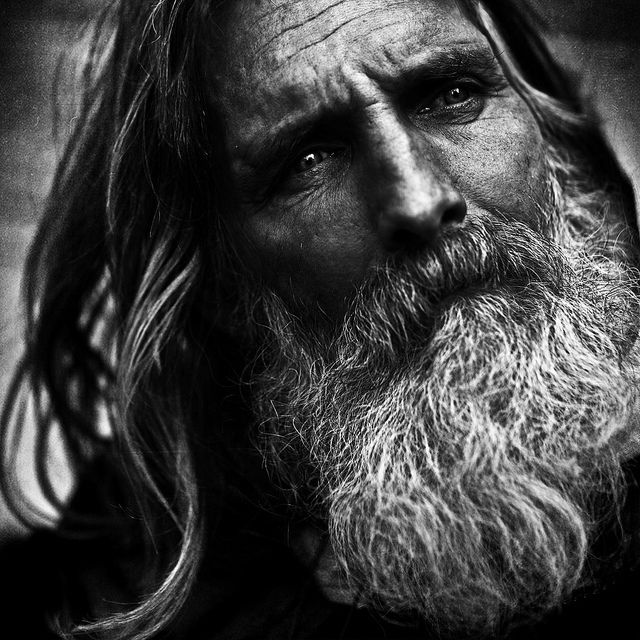
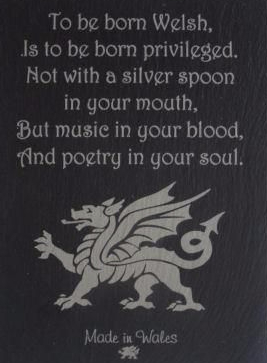
From the name of the bird of prey, KESTREL, ultimately derived from Old French crecelle "rattle", which refers to the sound of its cry.
Kindly, encouraging, sharp-witted.
Kes is a rare first name for a boy in England & Wales.
Expression number of Kes is 8.
Kes has the potential to attain power and authority in their life. Kes are skilled and efficient, enjoys rivalries and does not back away from working hard to achieve what they have resolved in their mind.
Storyboard HERE
Samson


From the Hebrew name (Shimshon) which meant "sun". Samson was an Old Testament hero granted exceptional strength by God. His mistress Delilah betrayed him and cut his hair, stripping him of his power. Thus he was captured by the Philistines, blinded, and brought to their temple. However, in a final act of strength, he pulled down the pillars of the temple upon himself and his captors.
This name was known among the Normans due to the Welsh bishop Saint Samson, who founded monasteries in Brittany and Normandy in the 6th century. In his case, the name may have been a translation of his true Celtic name. As an English name, Samson was common during the Middle Ages, having been introduced by the Normans.
Soul Number: 7
People with this name have a deep inner need for quiet, and a desire to understand and analyze the world they live in, and to learn the deeper truths.
Expression Number: 9
People with this name tend to be passionate, compassionate, intuitive, romantic, and to have magnetic personalities. They are usually humanitarian, broadminded and generous, and tend to follow professions where they can serve humanity. Because they are so affectionate and giving, they may be imposed on. They are romantic and easily fall in love, but may be easily hurt and are sometimes quick-tempered.
Storyboard HERE
'The Collective' ~ The voice of the majority.
A collective is a group of entities that share or are motivated by at least one common issue or interest, or work together to achieve a common objective.
Storyboard HERE
The Movement
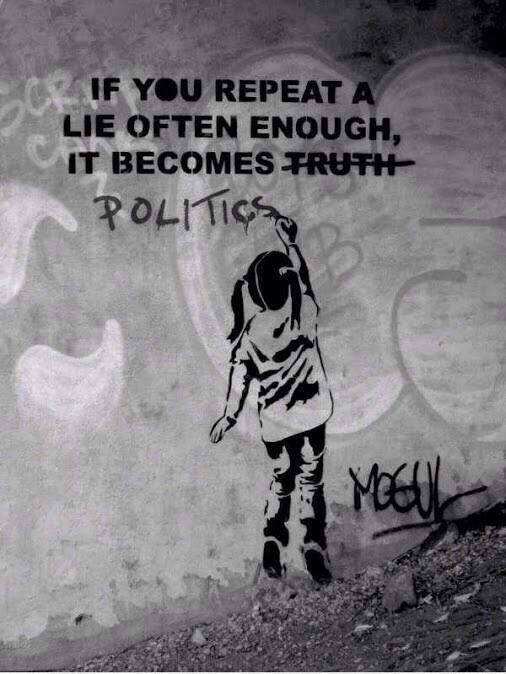



Wonderland


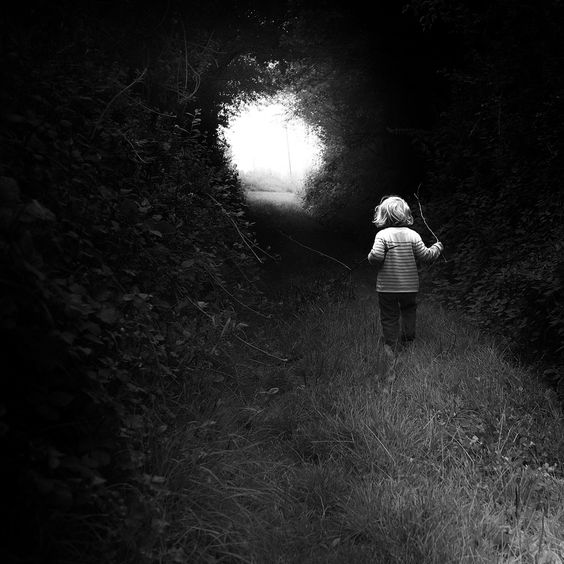
A world within a world. A created place of sanctuary.
Fairy tales for adults which are older than time...
Symbolic beasts, dragons, wolves, light and dark, warriors, kings and queens, battles, heartbreak, broken dreams, people surviving while lost, fighting forces seen and unseen. To win they need to believe in fairy tales again.
Folklore hides elements of truth and only those that seek may find. In those dark times of searching, remember that strength, like truth, comes from within. Feel it, breathe it, allow it, not with eyes but the heart. Not with mind but the soul. Sometimes, daring to hope seems too distant a thing to grasp, but believe that light lies just beyond sight ready to shine and break into a new dawn on the horizon. Close your eyes, reach out and grab it with both hands. It is there, have courage, rest if you must, but never give up hope for a brighter day is closer than you think.Defiance can rise in many forms...
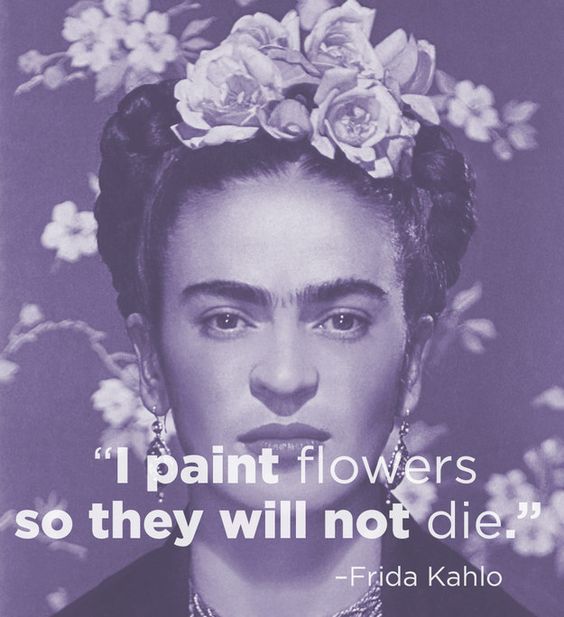
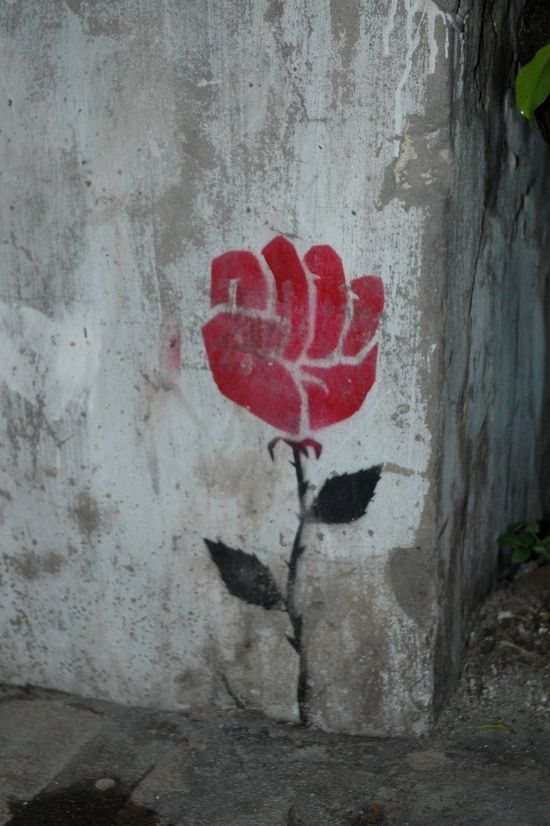
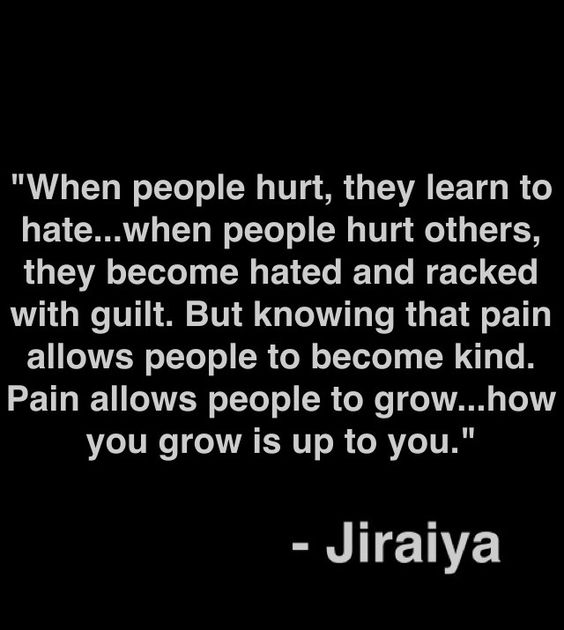
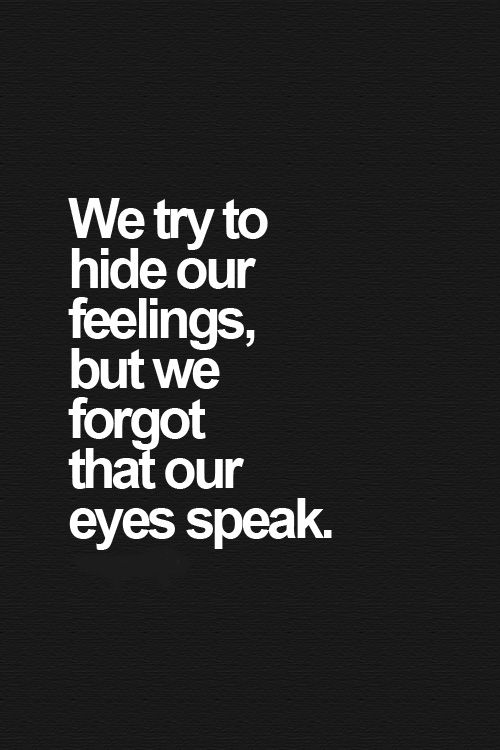
The Prophecy ~ Symbolism past & future
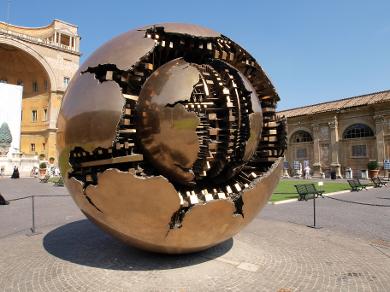
Sfera con Sfera / The Sphere within a Sphere - Italian sculptor Arnaldo Pomodoro is known to construct enormous spheres with layers of complexities. One of his monumental orbs stands tall as the centerpiece of the Courtyard of the Pinecone at the Vatican Museum. The structure titled Sfera con Sfera, translated as Sphere within a Sphere, is a bronze statue that appears golden as the sun shines down on it. It is 4 meters (a little over 13 feet) in diameter.
The Milan-based artist began his series of spheres in the 60's with Sphere no. 1 and continued designing the globe-like pieces, each depicting a different map of destruction. Each tremendous ball is fractured, revealing an intricate interior that unveils yet another cracking orb.
Because of the sculptural installation's round shape, it echoes the form of Earth. It isn't absolutely clear what the artist's intentions are, but it gives off the impression that it is reflecting the complexity of our world and how easily it can be torn apart.
More HERE
'Sphere within Sphere' around the Globe HERE
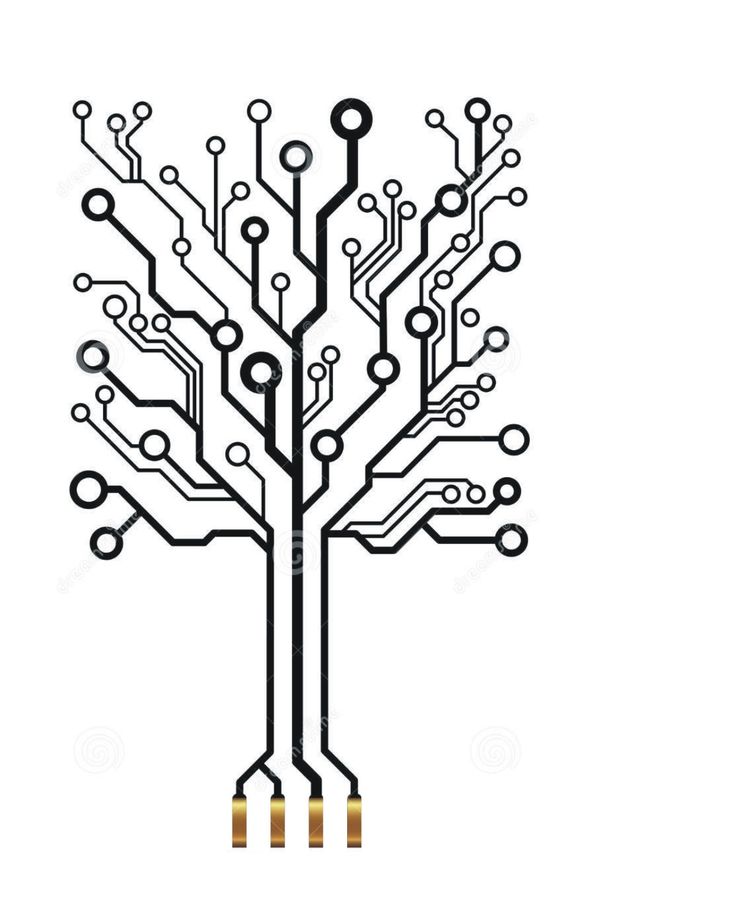
The Indigo Children
Ancient genes - Going back thousands of years, people who displayed autistic traits would not only have been accepted by their societies, but could have been highly respected.
Neurodiversity / Neurominority
Brooke


Brooke ~
An English name. Means 'beautiful pool of tears'.
Long before the medieval times the brook was thought to be a significantly smaller body of water than we now know, comparable then to what we now refer to as a puddle. Because of their size, it was often fabled that tears had caused these water spots to come about. Though, since their size was obviously much too big for mere tears to cause this, it was said that angels created them about as they watched over the world in the clouds; thus creating their beauty. Henceforth the meaning, 'beautiful pool of tears', was for a brook as well as the name Brooke. As time passed The name became used to recognise someone who lived next to the stream-like body of water instead of the meaning of the pool itself.
Soul Number: 8
People with this name have a deep inner desire to lead, organise, supervise, and to achieve status, power and wealth.
Expression Number: 3
People with this name tend to be creative and excellent at expressing themselves. They are drawn to the arts, and often enjoy life immensely. They are often the centre of attention, and enjoy careers that put them in the limelight. They tend to become involved in many different activities, and are sometimes reckless with both their energies and with money.
Storyboard HERE
Tim

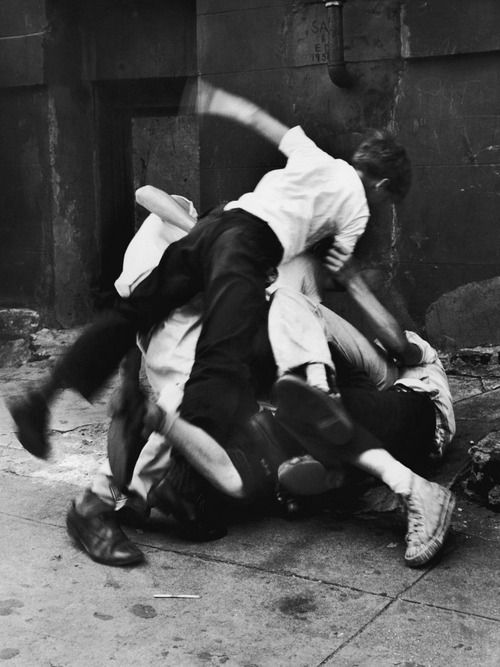
English form of the Greek name (Timotheos) meaning "honouring God", derived from (timao) "to honour" and (theos) "god".
The biblical Timothy was the young Christian to whom Paul wrote. 'Let no man look down on your youth'.
Soul Number: 6
People with this name have a deep inner desire for a stable, loving family or community, and a need to work with others and to be appreciated.
Expression Number: 11
People with this name tend to be idealistic, highly imaginative, intuitive, and spiritual. They seek after spiritual truth and often find it. They tend to be visionary and may inspire others. If they fail to develop their potential, they may become dreamers, or misuse power.
Storyboard HERE
Indigo Children
Indigo children have difficulty with authority. They may be unwilling to do certain things and often see a better way. They can get frustrated with rigid systems with no creativity. They may feel alone, different, or even anti-social unless they are with others like them. These don't fall for guilt trips and are not shy in letting you know what they think or need. They don't care what others think of them.
They challenge and undermine old and outdated systems and will question/challenge every belief system or rule that you or anyone else seeks to impose on them.
Encíno
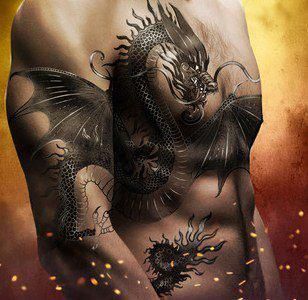
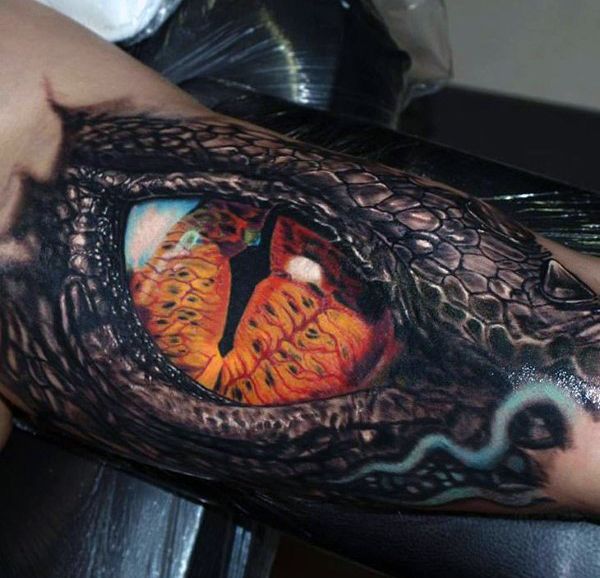



Spanish for Oak tree.
Storyboard HERE
Wulfstan

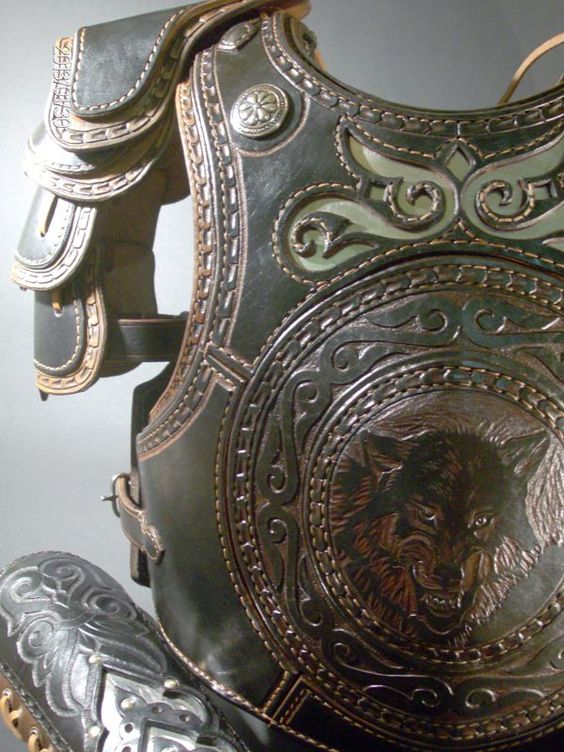
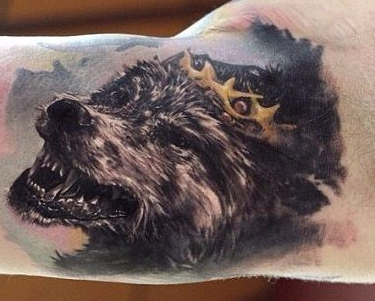
Storyboard HERE
"Wulfstan", (Middle English, "Wolstan"), composed of the elements "wulf", wolf, and "stan", a stone, plus the Old Norse "holmr", an island or dry land in a fen. The reference here is probably to slightly raised ground surrounded by streams.
In Estonian mythology, a lone wolf following a person without attacking was viewed as an act of kindness. These were believed to be wolves from the Underworld that protected people from malevolent spirits.
Brad

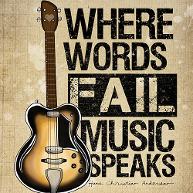
Soul Number: 1
People with this name have a deep inner desire to use their abilities in leadership, and to have personal independence. They would rather focus on large, important issues, and delegate the details.
Expression Number: 7
People with this name are excellent at analyzing, understanding, and learning. They tend to be mystics, philosophers, scholars, and teachers. Because they live so much in the mind, they tend to be quiet and introspective, and are usually introverts. When presented with issues, they will see the larger picture. Their solitary thoughtfulness and analysis of people and world events may make them seem aloof, and sometimes even melancholy.
Tod
Zatoria

Zatoria ~
Often a mystery to others and to self. Always reaching for something higher, without exactly knowing what that "higher" is. Bold, independent, inquisitive and interested in research. Knows what she wants and why.
Desires to inspire and lead, to control other's affairs. Is also giving, courageous and bold, action oriented,energetic and strong willed. She wants to make a difference in the world, and this attitude often attracts her to cultural interests, politics, social issues, and the cultivation of your creative talents.
Intuitive and perceptive, she understands human nature and has the power to achieve.
Playlist
Scenes~
setting the theme
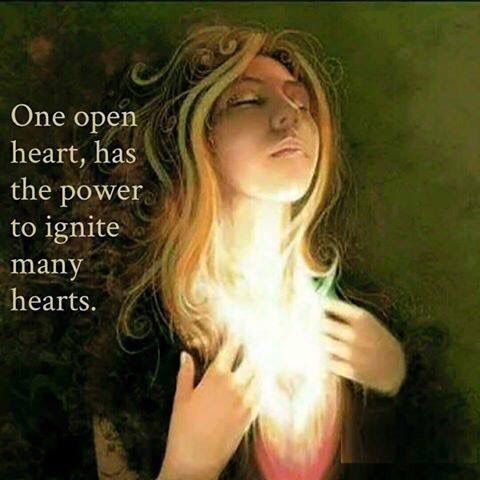



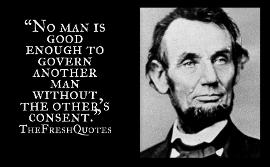
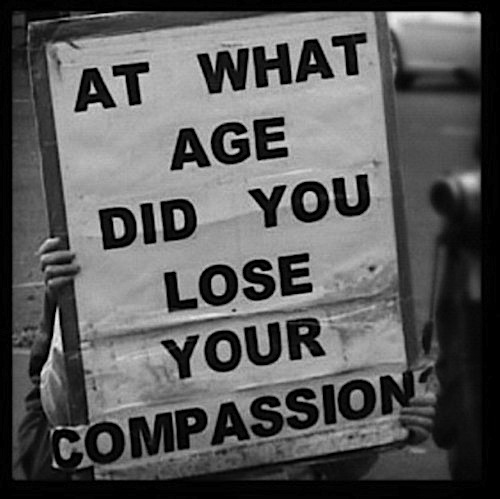
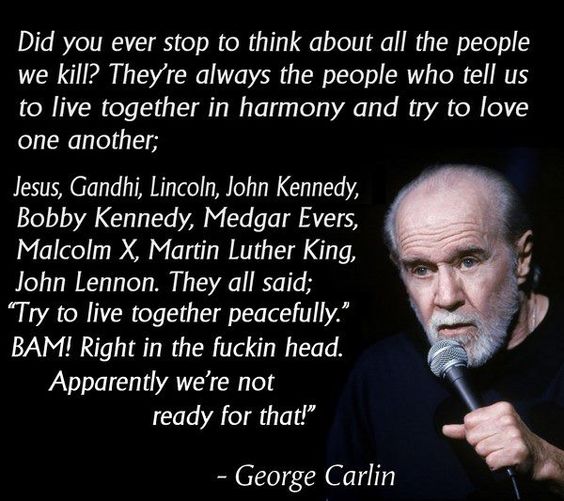

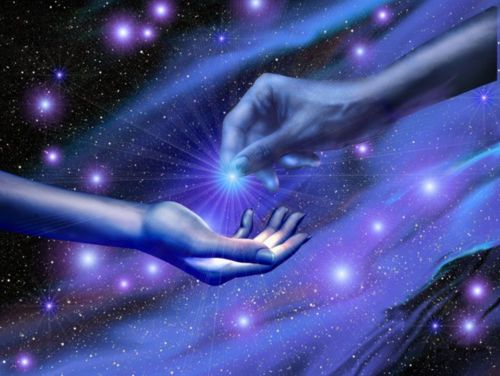
Laws of Nature ~
Natural law (lat. ius naturale, lex naturalis) is a philosophy that certain rights or values are inherent by virtue of human nature and can be universally understood through human reason.
Natural law is often contrasted with the human-made laws (positive law).
Universal law is the law of Nature. A natural justice and injustice that is binding on all men.
The rise of natural law as a universal system coincided with the rise of large empires and kingdoms in the Greek world.
Natural law first appeared among the stoics who believed that God is everywhere and in everyone. Within humans is a "divine spark" which helps them to live in accordance with nature. The stoics felt that there was a way in which the universe had been designed and natural law helped us to harmonise with this.
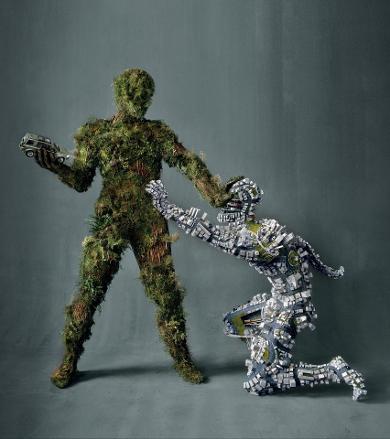
Man-made Kingdom VS Nature's Kingdom
"If the people of earth ever owned the land then they own it still for it was never sold."
~ Land & Feudalism / Napoleonic Code drawn from Justinian's sixth-century codification of Roman law, the Corpus Juris Civilis ("Body of Civil Law").
Archaic Clown ~ an unsophisticated country person; a peasant; rustic, ill-bred person. Commoner. A performer in a staged/theatrical production.
Oath ~ A common legal substitute for those who conscientiously object to making sacred oaths is to give an affirmation instead. Nowadays, even when there's no notion of sanctity involved, certain promises said out loud in ceremonial or juridical purpose are referred to as oaths. To swear is a verb used to describe the taking of an oath, to making a solemn vow. "sweareth an oath to bind his soul with a bond, he shall not break his word".

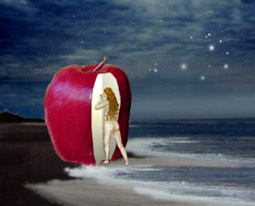
Information of "everything" and after being mentally digested, this knowledge caused disorder in paradise. Once learned, it cannot be unlearned, neither light nor dark, and so the fall of mankind began.
The forbidden fruit is a metaphor, an instrument for gaining access to 'Otherworldly' knowledge.

Character
Samson

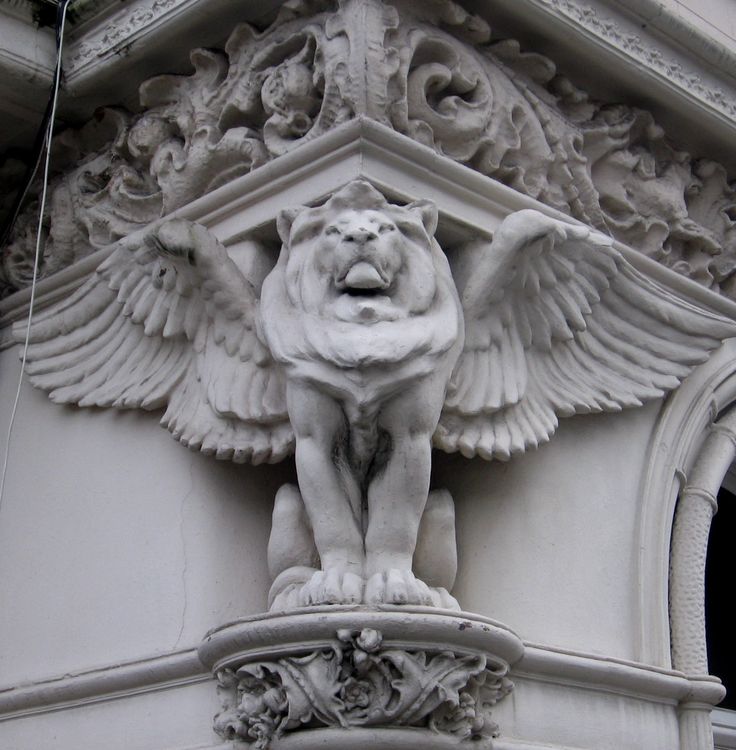
They are born powerful and power comes naturally to it. There is no false bravado as the lion has no need of it.
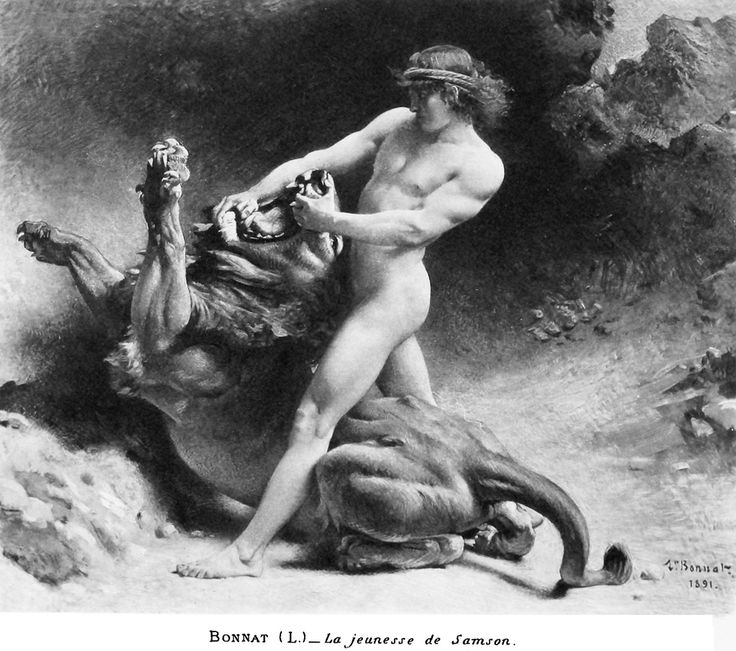
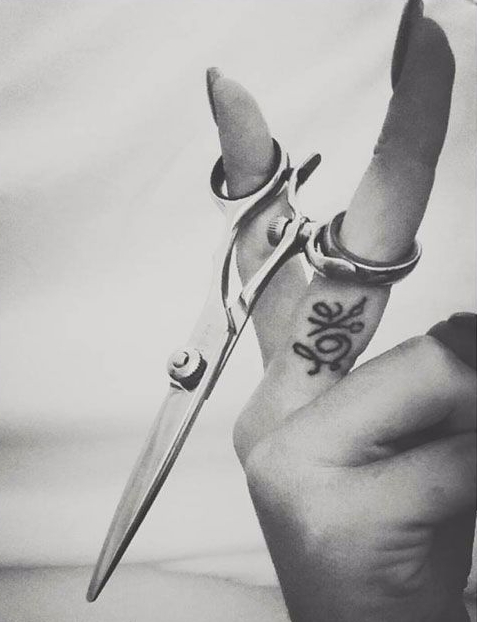

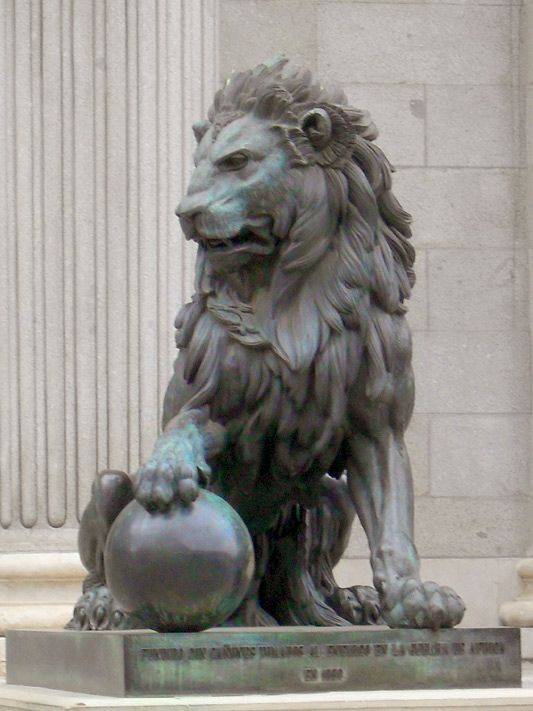


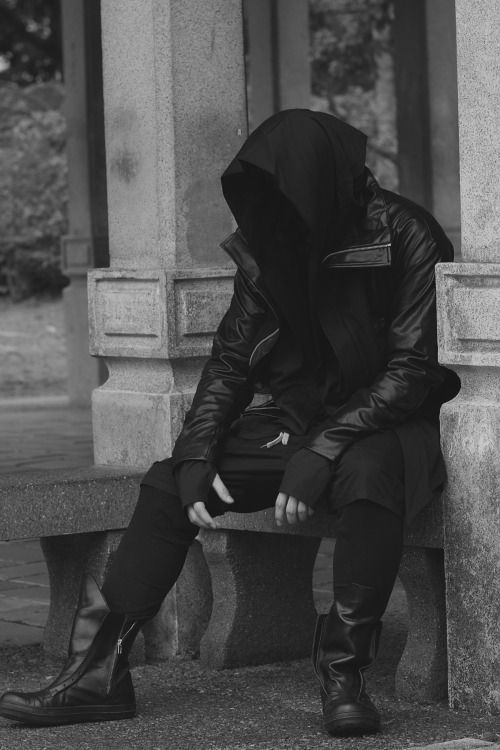
Character
Kez

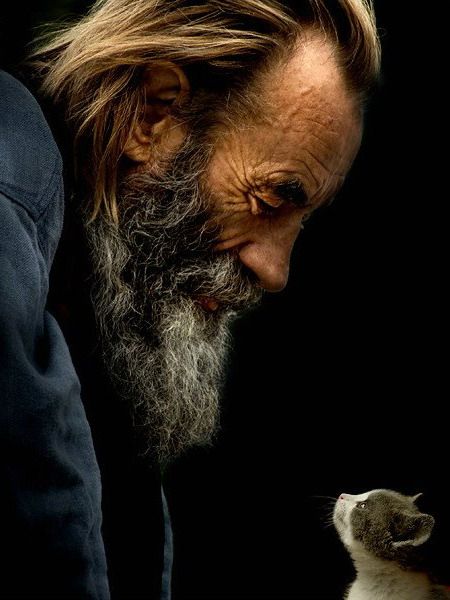
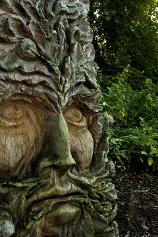

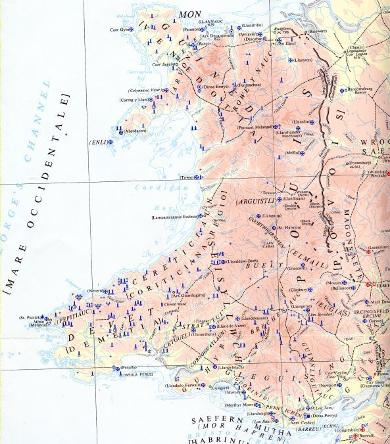
Character
Zee
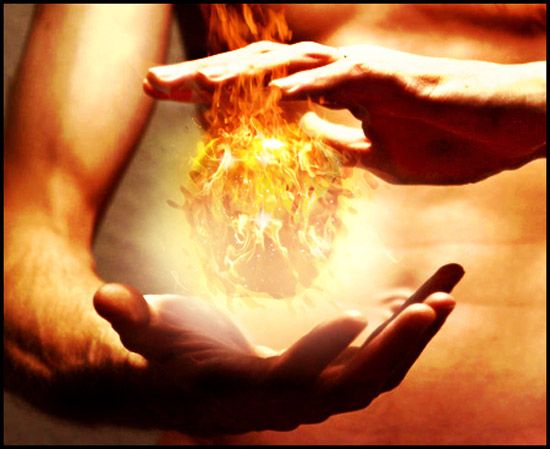
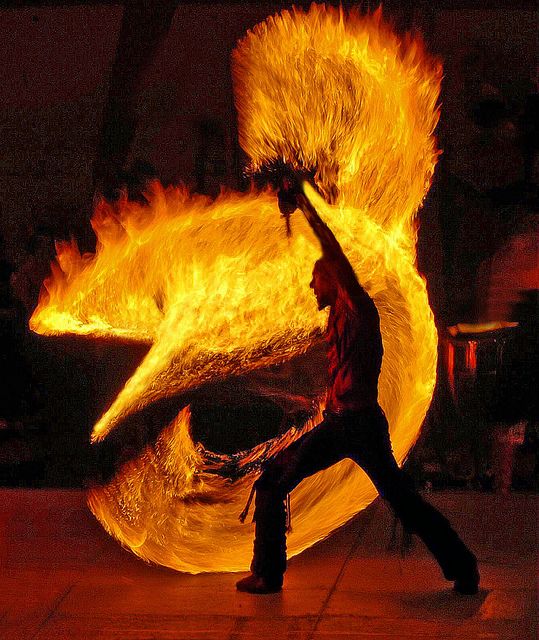
Character
Tim




The Movement

Run this town


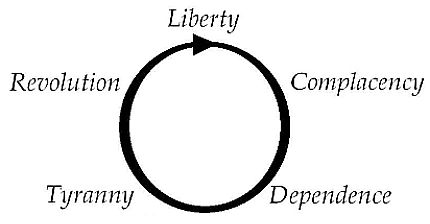
***RESEARCH***
London
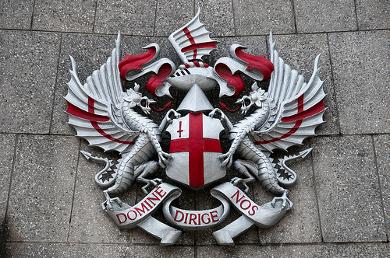
Arms of the Corporation of the City of London
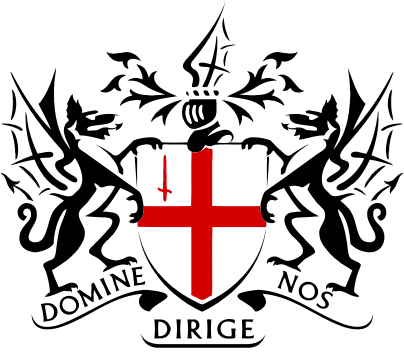
The Corporation's logo is a stylised form of the coat of arms of the City of London.
The Corporation is probably the world's oldest continuously-elected local government authority. Both businesses and residents of the City, or "Square Mile", are entitled to vote in elections, and in addition to its functions as the local authority – analogous to those undertaken by the boroughs that administer the rest of London.
The corporation's structure includes the Lord Mayor, the Court of Aldermen, the Court of Common Council, and the Freemen and Livery of the City.
The Freedom of the City ~ Freedom of the City is an ancient honour granted to martial organisations, allowing them the privilege to march into the city "with drums beating, colours flying, and bayonets fixed".
This honour dates back to ancient Rome which regarded the "pomerium", the boundary of the city, as sacred. Promagistrates and generals were forbidden from entering it, and resigned their imperium immediately upon crossing it. An exception was made for victory celebrations (called triumphs), during which the victorious general would be permitted to enter for one day only. Under the Republic, soldiers also lost their status when entering, becoming citizens: thus soldiers at their general's triumph wore civilian dress. Weapons were also banned inside the pomerium for religious and traditional reasons. (The assassination of Julius Caesar occurred outside this boundary.)
A slightly more common freedom of the city is connected to the medieval concept of "free status", when city and town charters drew a distinction between freemen and vassals of a feudal lord. As such, freemen actually pre-date 'boroughs'. Early freedom of the boroughs ceremonies had great importance in affirming that the recipient enjoyed privileges such as the right to trade and own property, and protection within the town.
Land ownership had developed from roots in Roman law.
Roman law is the legal system of ancient Rome, including Roman Military Jurisdiction and the legal developments spanning over a thousand years of jurisprudence, from the Twelve Tables (c. 449 BC), to the Corpus Juris Civilis (AD 529) ordered by Eastern Roman Emperor Justinian I. The historical importance of Roman law is reflected by the continued use of Latin legal terminology in many legal systems influenced by it.
It is believed that Roman Law is rooted in the Etruscan religion, emphasising ritual. Etruscan religion and mythology were partly incorporated into classical Roman culture, including the Roman pantheon. The Senate adopted key elements of their religion, which were perpetuated by haruspices and noble Roman families who claimed Etruscan descent, long after the general population had forgotten the language.
A number of canonical works in the Etruscan language survived until the middle of the first millennium AD, but were destroyed by the ravages of time and by Christian elements in Roman society.
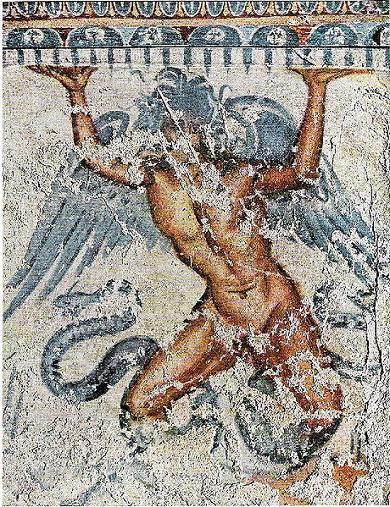
Etruscan mural of Typhon, from Tarquinia
Numerous other sources mention Typhon as being the offspring of Gaia, or simply "earth-born", with no mention of Tartarus.
In another version of the story, Hera gave the infant Typhon to the serpent Python to raise, and Typhon grew up to become a great bane to mortals.
~ Hesiod (A Greek poet generally thought by scholars to have been active between 750 and 650 BC, around the same time as Homer).
The Homeric Hymn to Apollo describes Typhon as "fell" and "cruel", and neither like gods nor men.
Apollodorus describes Typhon as a huge winged monster, whose head "brushed the stars", human in form above the waist, with snake coils below, and fire flashing from his eyes:
In size and strength he surpassed all the offspring of Earth. As far as the thighs he was of human shape and of such prodigious bulk that he out-topped all the mountains, and his head often brushed the stars. One of his hands reached out to the west and the other to the east, and from them projected a hundred dragons' heads. From the thighs downward he had huge coils of vipers, which when drawn out, reached to his very head and emitted a loud hissing. His body was all winged: unkempt hair streamed on the wind from his head and cheeks; and fire flashed from his eyes.
Typhon challenged Zeus for rule of the cosmos.The earliest mention of Typhon, and his only occurrence in Homer, is a passing reference in the Iliad to Zeus striking the ground around where Typhon lies defeated. Hesiod's Theogony gives us the first account of their battle. According to Hesiod, without the quick action of Zeus, Typhon would have "come to reign over mortals and immortals". In the Theogony Zeus and Typhon meet in cataclysmic conflict.
More HERE
As noted by Herodotus, Typhon was traditionally identified with the Egyptian Set, who was also known to the Greeks as Typhon. As early as pre-dynastic Egypt, Set's mascot or emblem was the Set animal; the Greeks and later classicists referred to this unidentified aardvark-like creature as the Typhonic beast. In the Orphic tradition, just as Set is responsible for the murder of Osiris, Typhon leads the Titans when they attack and kill Dionysus, who also became identified with the earlier Osiris.
In art, Set was mostly depicted as a mysterious and unknown creature, referred to by Egyptologists as the Set animal or Typhonic beast.
Was-sceptres ~ scepters represent the Set-animal. Was-sceptres were carried by gods, pharaohs, and priests, as a symbol of power, and in later use, control over the force of chaos (Set).
A sceptre or scepter is a symbolic ornamental staff or wand held in the hand by a ruling monarch as an item of royal or imperial insignia. Figuratively, it means royal or imperial authority or sovereignty, either right or cruel.
In ecclesiastical and formal government ceremonial, special officials may carry a wand of office or staff of office representing their power. Compare in this context the function of the ceremonial mace, the sceptre, and the staff of office. Its age may be even greater, as Stone Age cave paintings show figures holding sticks, which may be symbolic representations of their power.
In classical Greco-Roman mythology, the god Hermes/Mercury has a special wand called a caduceus.
Some accounts suggest that the oldest known imagery of the caduceus have their roots in a Mesopotamian origin with the Sumerian god Ningishzida whose symbol, a staff with two snakes intertwined around it, dates back to 4000 B.C. to 3000 B.C.
Ningishzida is a Mesopotamian deity of the underworld. His name in Sumerian is translated as "lord of the good tree".In Sumerian mythology, he appears in Adapa's myth as one of the two guardians of Anu's celestial palace, alongside Dumuzi. He was sometimes depicted as a serpent with a human head.
Ningishzida is the earliest known symbol of snakes twining around an axial rod. It predates the Caduceus of Hermes, the Rod of Asclepius and the biblical Nehushtan of Moses by more than a millennium. One Greek myth on the origin of the caduceus forms part of the story of Tieresias, who finds two snakes copulating and kills the female with his staff.
Although Wadjet, "the Green One", the serpent goddess of Lower Egypt from the Pre-dynastic period demonstrates the earliest known representation of a single serpent entwined around a pole – in this case a papyrus reed (refer to first glyph): Wadjet Hieroglyph.
The Adapa myth mentions Ningizzida and Tammuz (or Dumuzi) and refers to the serpent god as male. Adapa, the first of the Mesopotamian seven sages (apkallu[a]), was a mythical figure who unknowingly refused the gift of immortality.
Apkallu are demigods who are said to have been created by the god Enki (Akkadian: Ea) to establish culture and give civilization to mankind. They were noted for having been saved during the flood. They served as priests of Enki and as advisors or sages to the earliest kings of Sumer before the flood. They were seen as fish-like men who emerged from the sweet water Abzu. They are commonly represented as having the lower torso of a fish, or dressed as a fish.
During the Old Kingdom of Egypt, Horus and Set were generally viewed as twin supporters and defenders of the god Ra, head of the Egyptian pantheon; and they were often depicted anointing the king, as the divine source of his authority. The association of Horus and Set probably reflected the reconciliation of a struggle between two royal cults.
Read on Pre-historic Egypt HERE
Thalassa
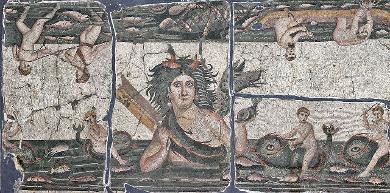
Sacred marriage
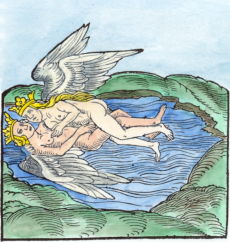
Hieros gamos or Hierogamy (Greek "holy marriage") is a sexual ritual that plays out a marriage between a god and a goddess, especially when enacted in a symbolic ritual where human participants represent the deities.
The notion of hieros gamos does not presuppose actual performance in ritual, but is also used in purely symbolic or mythological context, notably in alchemy and hence in Jungian psychology.
Sacred prostitution was common in the Ancient Near East as a form of "Sacred Marriage" or hieros gamos between the king of a Sumerian city-state and the High Priestess of Inanna, the Sumerian goddess of love, fertility, and warfare.
Along the Tigris and Euphrates rivers there were many shrines and temples dedicated to Inanna. The temple of Eanna, meaning "house of heaven" in Uruk was the greatest of these. The temple housed Nadītu, priestesses of the goddess. The high priestess would choose for her bed a young man who represented the shepherd Dumuzid, consort of Inanna, in a hieros gamos or sacred marriage, celebrated during the annual Duku ceremony, just before Invisible Moon, with the autumn Equinox (Autumnal Zag-mu Festival).
In Greek mythology the classic instance is the wedding of Zeus and Hera celebrated at the Heraion of Samos, and doubtless its architectural and cultural predecessors.
The brief fertilizing mystical union engenders Dionysus, and doubled unions, of a god and of a mortal man on one night, result, through telegony, in the semi-divine nature of Greek heroes such as Theseus and Heracles among others.
In Tantric Buddhism of Nepal, Bhutan, India and Tibet, yab-yum is a ritual of the male deity in union with his female consort. The symbolism is associated with Anuttarayoga tantra where the male figure is usually linked to compassion (karuṇā) and skillful means (upāya-kauśalya), and the female partner to 'insight' (prajñā). Yab-yum is generally understood to represent the primordial (or mystical) union of wisdom and compassion.
Maithuna is a Sanskrit term used in Tantra most often translated as sexual union in a ritual context.
The symbolism of union and polarity is a central teaching in Tantric Buddhism, especially in Tibet. The union is realized by the practitioner as a mystical experience within one's own body.
The hieros gamos is one of the themes that Carl Jung dealt with, in his book Symbols of Transformation. In the novel Hieros Gamos (Sacred Union) - A Confession (2013), author Lia Cacciari, inspired by Jung's thematic exploration of the hieros gamos as an alchemical union of opposites, tells a story of feuding medieval siblings that culminates in an incestuous union.
Daemon
(classical mythology)
"Daemon" is the Latin version of the Greek daimōn.
Daemons are benevolent or benign nature spirits, beings of the same nature as both mortals and deities, similar to ghosts, chthonic heroes, spirit guides, forces of nature or the deities themselves (see Plato's Symposium).
Walter Burkert suggests that unlike the Christian use of demon in a strictly malignant sense, "[a] general belief in spirits is not expressed by the term daimon until the 5th century when a doctor asserts that neurotic women and girls can be driven to suicide by imaginary apparitions, ‘evil daimones’.
Daimon is not so much a type of quasi-divine being, according to Burkert, but rather a non-personified "peculiar mode" of their activity.
In Hesiod's Theogony, Phaëton becomes an incorporeal daimon or a divine spirit, but, for example, the ills released by Pandora are deadly deities, keres, not daimones. From Hesiod also, the people of the Golden Age were transformed into daimones by the will of Zeus, to serve mortals benevolently as their guardian spirits; "good beings who dispense riches…[nevertheless], they remain invisible, known only by their acts". The daimon of venerated heroes, were localized by the construction of shrines, so as not to restlessly wander, and were believed to confer protection and good fortune on those offering their respects.
Homer's use of the words theoí (θεοί "gods") and daímones (δαίμονες), suggests that while distinct, they are similar in kind. Later writers developed the distinction between the two. Plato, in Cratylus speculates that the word daimōn (δαίμων "deity") is synonymous to daēmōn (δαήμων "knowing or wise"), however, it is more probably daiō (δαίω "to divide, to distribute destinies, to allot").
In Plato's Symposium, the priestess Diotima teaches Socrates that love is not a deity, but rather a "great daemon" (202d). She goes on to explain that "everything daemonic is between divine and mortal" (202d–e), and she describes daemons as "interpreting and transporting human things to the gods and divine things to men; entreaties and sacrifices from below, and ordinances and requitals from above..." (202e). In Plato's Apology of Socrates, Socrates claimed to have a daimonion (literally, a "divine something") that frequently warned him—in the form of a "voice"—against mistakes but never told him what to do. The Platonic Socrates, however, never refers to the daimonion as a daimōn; it was always an impersonal "something" or "sign". By this term he seems to indicate the true nature of the human soul, his newfound self-consciousness. Paul Shorey sees the daimonion not as an inspiration but as "a kind of spiritual tact checking Socrates from any act opposed to his true moral and intellectual interests."
Regarding the charge brought against Socrates in 399, Plato surmised "Socrates does wrong because he does not believe in the gods in whom the city believes, but introduces other daemonic beings…" Burkert notes that "a special being watches over each individual, a daimon who has obtained the person at his birth by lot, is an idea which we find in Plato, undoubtedly from earlier tradition. The famous, paradoxical saying of Heraclitus is already directed against such a view: 'character is for man his daimon'".
Plato and Proclus In the ancient Greek religion, daimon designates not a specific class of divine beings, but a peculiar mode of activity: it is an occult power that drives humans forward or acts against them: since daimon is the veiled countenance of divine activity, every deity can act as daimon; a special knowledge of daimones is claimed by Pythagoreans; for Plato, daimon, is a spiritual being who watches over each individual, and is tantamount to a higher self, or an angel; whereas Plato is called ‘divine’ by Neoplatonists, Aristotle is regarded as daimonios, meaning ‘an intermediary to deities' – therefore Aristotle stands to Plato as an angel to a deity; for Proclus, daimones are the intermediary beings located between the celestial objects and the terrestrial inhabitants.
They resemble the jinn (or genie) of Arab folklore, and in their humble efforts to help mediate the good and ill fortunes of human life, they resemble the Christian guardian angel and adversarial demon, respectively. Eudaimonia (εὐδαιμονία), the state of having a eudaemon, came to mean "well-being" or "happiness". The comparable Roman concept is the genius who accompanies and protects a person or presides over a place.
Keres and Valkyries
The word daemon, which was an agent related to unexpected events, came to be similar to the word moira. This agent or cause against human control might be also called tyche (chance, fate): "You mistress moira, and tyche, and my daemon ".
The word nomos, "law", may have meant originally a portion or lot, as in the verb nemein, "to distribute", and thus "natural lot" came to mean "natural law". The word dike, "justice", conveyed the notion that someone should stay within his own specified boundaries, respecting the ones of his neighbour. If someone broke his boundaries, thus getting more than his ordained part, then he would be punished by law. By extension, moira was one's portion or part in destiny which consisted of good and bad moments as was predetermined by the Moirai (Fates), and it was impossible for anyone to get more than his ordained part. In modern Greek the word came to mean "destiny".
Sometimes in Homer the words "ker" and moira, have almost similar meaning. The older meaning was probably "destruction of the dead", and Heshychius relates the word with the verb κηραινειν, "decay".
Me (mythology) create civilization ~ humanity and the gods HERE

Memory & Muse
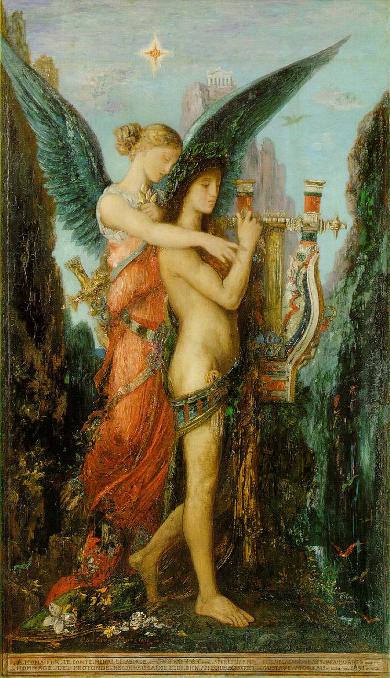
Writers concerning the number of the Muses; for some say that there are three, and others that there are nine, but the number nine has prevailed since it rests upon the authority of the most distinguished men, such as Homer and Hesiod and others like them. The earliest known records of the Nine Muses are from Boeotia, the homeland of Hesiod. Some ancient authorities thought that the Nine Muses were of Thracian origin.
According to Hesiod's account (c. 600 BC), generally followed by the writers of antiquity, the Nine Muses were the nine daughters of Zeus and Mnemosyne (i. e. "Memory" personified), figuring as personifications of knowledge and the arts, especially literature, dance and music.
The Roman scholar Varro (116–27 BC) relates that there are only three Muses: one who is born from the movement of water, another who makes sound by striking the air, and a third who is embodied only in the human voice. They were again called Melete or "Practice", Mneme or "Memory" and Aoide or "Song".


Lethe
Also known as the Ameles potamos (river of unmindfulness), the Lethe flowed around the cave of Hypnos and through the Underworld, where all those who drank from it experienced complete forgetfulness. Lethe was also the name of the Greek spirit of forgetfulness and oblivion, with whom the river was often identified.
According to Statius, it bordered Elysium, the final resting place of the virtuous. Ovid wrote that the river flowed through the cave of Hypnos, god of sleep, where its murmuring would induce drowsiness.
The shades of the dead were required to drink the waters of the Lethe in order to forget their earthly life. In the Aeneid, Virgil writes that it is only when the dead have had their memories erased by the Lethe that they may be reincarnated.
Some ancient Greeks believed that souls were made to drink from the river before being reincarnated, so they would not remember their past lives. The Myth of Er at the end of Plato's Republic tells of the dead arriving at the "plain of Lethe", through which the river Ameles ("careless") runs. A few mystery religions taught the existence of another river, the Mnemosyne; those who drank from the Mnemosyne would remember everything and attain omniscience. Initiates were taught that they would receive a choice of rivers to drink from after death, and to drink from Mnemosyne instead of Lethe.
These two rivers are attested in several verse inscriptions on gold plates dating to the 4th century BC and onward, found at Thurii in Southern Italy and elsewhere throughout the Greek world. There were rivers of Lethe and Mnemosyne at the oracular shrine of Trophonius in Boeotia, from which worshippers would drink before making oracular consultations with the god.
More recently, Martin Heidegger used "lēthē" to symbolize the "concealment of Being" or "forgetting of Being".
Chthonic law
Transmission of the law takes place with oral tradition and memory over the ages. It has a communal basis and aims to promote consensus. When dissent arises, new rules and traditions are generated.
Although chthonic law does not lend itself to complexity, complex institutions such as councils of elders are present and serve as the highest authority under the chthonic legal system.
Dispute resolution is believed to be neither confusing nor alienating. The importance of an individual in this law depends on his or her knowledge of traditions and culture and hence elders are valued due to their enhanced level of wisdom. Land for example, is a communal property, and hence its ownership and usage was determined at the level of community, avoiding any alienation.
Ultimately chthonic law is tied to tradition and hence cannot be understood without understanding the traditions and culture of the people. By some accounts, women -- in their capacity as elders -- played a more important role in Chthonic laws.
In Greek mythology, the Cabeiri, Cabiri or Kabiri (Ancient Greek: Kábeiroi) were a group of enigmatic chthonic deities.
Hephaestus (Ancient Greek: Ἥφαιστος Hēphaistos) is the Greek god of blacksmiths, craftsmen, artisans, sculptors, metals, metallurgy, fire and volcanoes. Hephaestus' Roman equivalent is Vulcan. Hephaestus' symbols are a smith's hammer, anvil, and a pair of tongs.
In several accounts, Hephaestus was flung down from the heavens. Hephaestus was the only Olympian to have returned to Olympus after being exiled. Hephaestus's consort is Aphrodite or a lesser Aphrodite, Cabeiro.
In Greek mythology, Cabeiro (or Kabeiro) was a sea nymph who lived on the island of Lemnos. She was the daughter of the marine god Proteus. After being thrown out of Mount Olympus, the Greek forge god Hephaestus fathered sons known as the Cabeiri, two metalworking gods with her.
The Cabeiri were possibly originally Phrygian deities and protectors of sailors, who were imported into Greek ritual. R. S. P. Beekes believes that their name is of non-Indo-European, pre-Greek origin.
The Phrygians also venerated Sabazios, the sky and father-god depicted on horseback. Although the Greeks associated Sabazios with Zeus, representations of him, even at Roman times, show him as a horseman god. His conflicts with the indigenous Mother Goddess, whose creature was the Lunar Bull, may be surmised in the way that Sabazios' horse places a hoof on the head of a bull, in a Roman relief at the Museum of Fine Arts, Boston.
The bull was seen in the constellation Taurus by the Chalcolithic and had marked the New Year at springtide by the Bronze Age, for 4000–1700 BCE.
The Sumerian Epic of Gilgamesh depicts the killing by Gilgamesh and Enkidu of the Bull of Heaven, Gugalanna, first husband of Ereshkigal, "Queen of the Great Earth", as an act of defiance of the gods. From the earliest times, the bull was lunar in Mesopotamia (its horns representing the crescent moon). "Queen of the Great Earth" was the goddess of Irkalla, the land of the dead or underworld. Sometimes her name is given as Irkalla, similar to the way the name Hades was used in Greek mythology for both the underworld and its ruler. Irkalla, the underworld from which there is no return. It was also called earth of no return.
In some Scottish and Irish tales deer are seen as "fairy cattle" and are herded and milked by a tutelary, benevolent, otherworldly woman (such as a bean sìdhe or in other cases the goddess Flidais), who can shapeshift into the form of a red or white deer. In the West Highlands, this woman of the otherworld selects the individual deer who will be slain in the next day's hunt.
A tutelary (also tutelar) is a deity or spirit who is a guardian, patron or protector of a particular place, geographic feature, person, lineage, nation, culture or occupation.
One type of tutelary deity is the genius, the personal deity or daimon of an individual from birth to death. Pierre A. Riffard defines a tutelary spirit as either the genius (present since birth) or a familiar spirit.
It was the "Great Mother", Cybele, as the Greeks and Romans knew her, who was originally worshipped in the mountains of Phrygia, where she was known as "Mountain Mother".
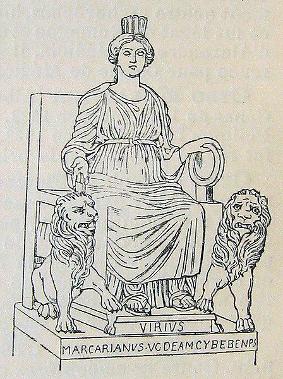
Above: The Phrygian goddess Cybele - Ring of Power
The sacred bull of the Hattians, whose elaborate standards were found at Alaca Höyük alongside those of the sacred stag, survived in Hurrian and Hittite mythology as Seri and Hurri ("Day" and "Night").
Strabo's Sicilian contemporary, Diodorus Siculus, conflated Sabazios with the secret 'second' Dionysus, born of Zeus and Persephone, a connection that is not borne out by surviving inscriptions, which are entirely to Zeus Sabazios.
The Christian Clement of Alexandria had been informed that the secret mysteries of Sabazius, as practiced among the Romans, involved a serpent, a chthonic creature unconnected with the mounted skygod of Phrygia: "‘God in the bosom’ is a countersign of the mysteries of Sabazius to the adepts". Clement reports: "This is a snake, passed through the bosom of the initiates”.
Spell Book
It was compiled in the mid-17th century, mostly from materials a couple of centuries older. It is divided into five books—the Ars Goetia, Ars Theurgia-Goetia, Ars Paulina, Ars Almadel, and Ars Notoria.
The oldest known portion of the Lemegeton, the Ars Notoria (or Notory Art) was first mentioned by Michael Scot in 1236 (and thus was written earlier). The Ars Notoria contains a series of prayers (related to those in The Sworn Book of Honorius) intended to grant eidetic memory and instantaneous learning to the magician.
The Ars Almadel instructs the magician on how to create a wax tablet with specific designs intended to contact angels via scrying.
Derived from book two of Trithemius's Steganographia and from portions of the Heptameron, but purportedly delivered by Paul the Apostle - communicating with heavenly powers are almost as old as Christianity itself. The Ars Paulina is in turn divided into two books, the first detailing twenty-four angels aligned with the twenty-four hours of the day, the second (derived more from the Heptameron) detailing the 360 spirits of the degrees of the zodiac.
Most of the spirits summoned are tied to points on a compass, four Emperors tied to the cardinal points .
Character
Wulfstan


A simple kind of man trying to make sense of her strange and complex world.


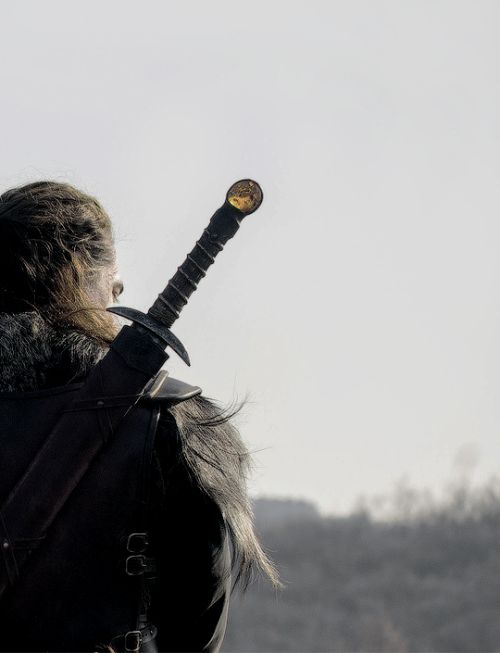


The wolf is a symbol of guardianship, loyalty, and spirit. The message it brings is to trust your heart and regain control over your life.
A guardian spirit takes an oath to protect and guide.
These guardians oft hear a voice calling their name and using this inner instinct to seek out the caller.
Initially, their approach may be very subtle as they are gentle souls, preferring to stand back & usually wait to be invited in.

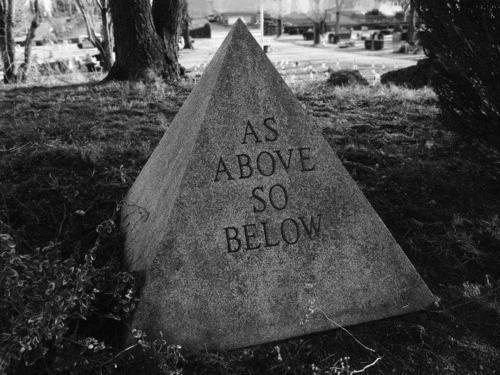
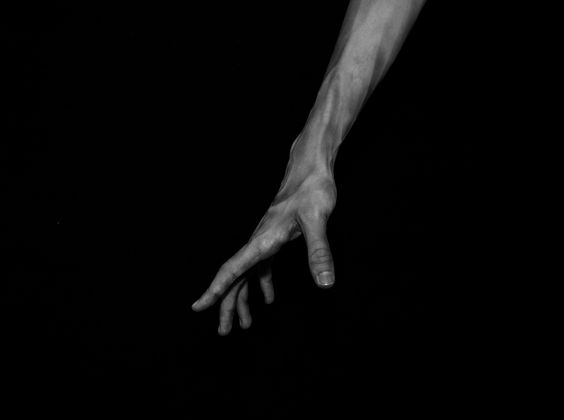




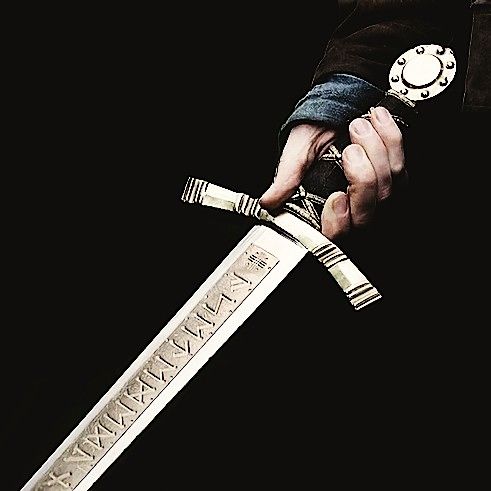
Vororbla penetrates unhewn stone
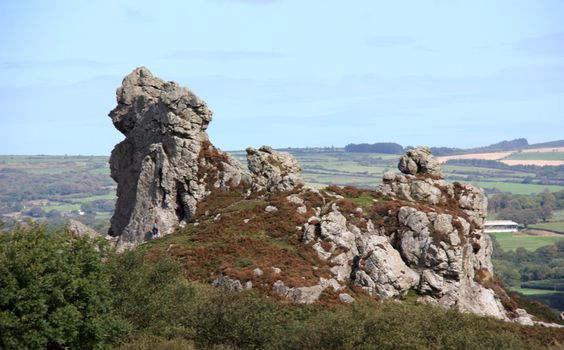
The thinning of the 'Veil Between Worlds'.
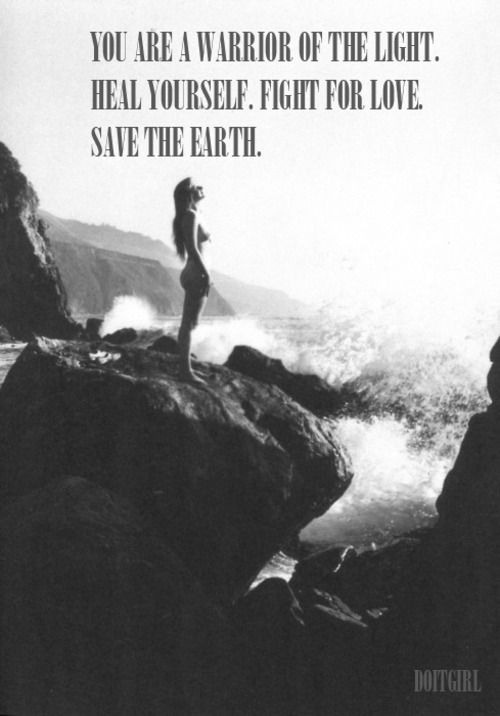
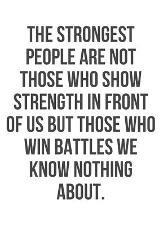
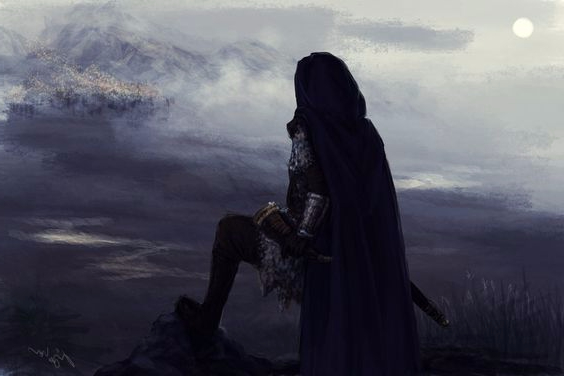

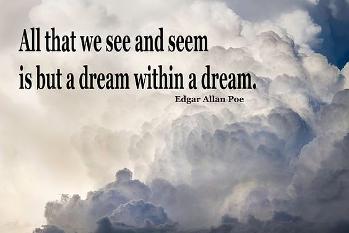
Character
Brooke
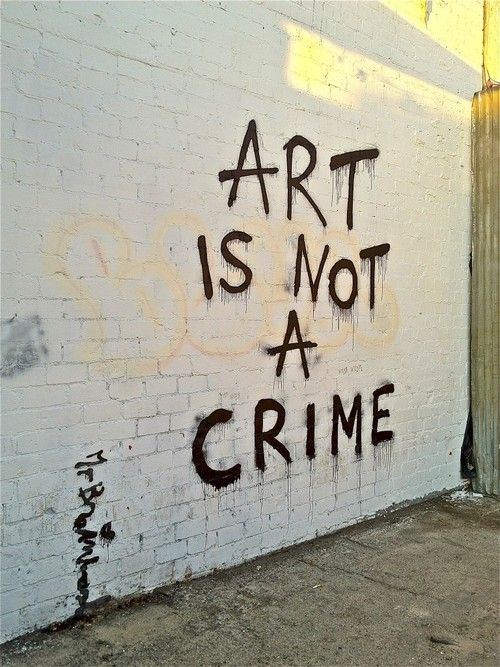

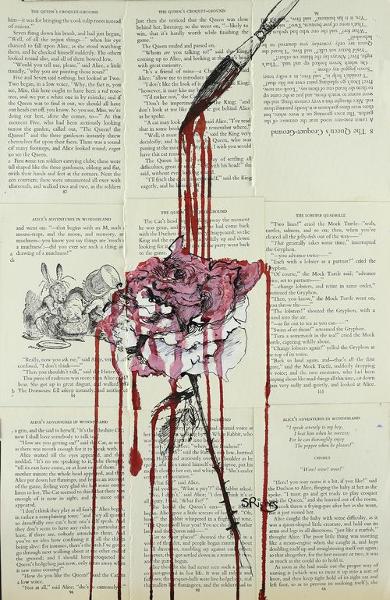

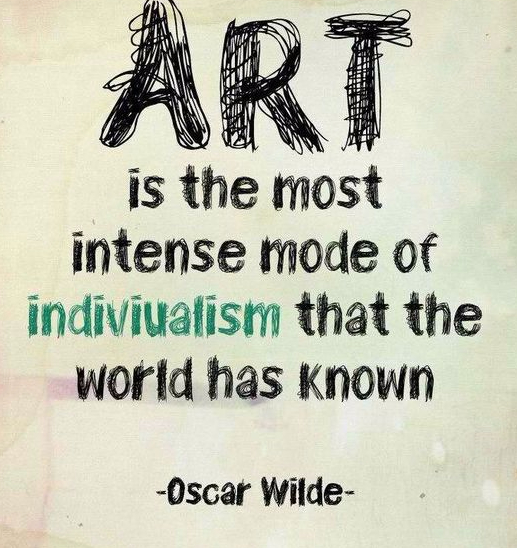


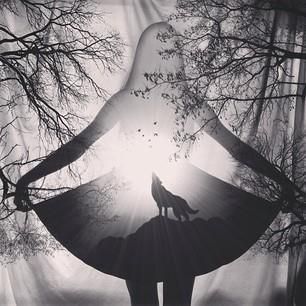





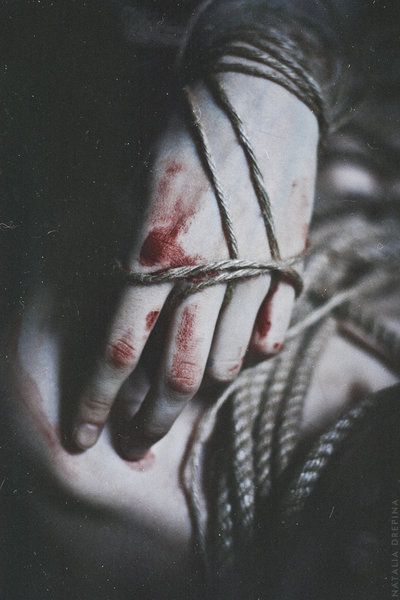

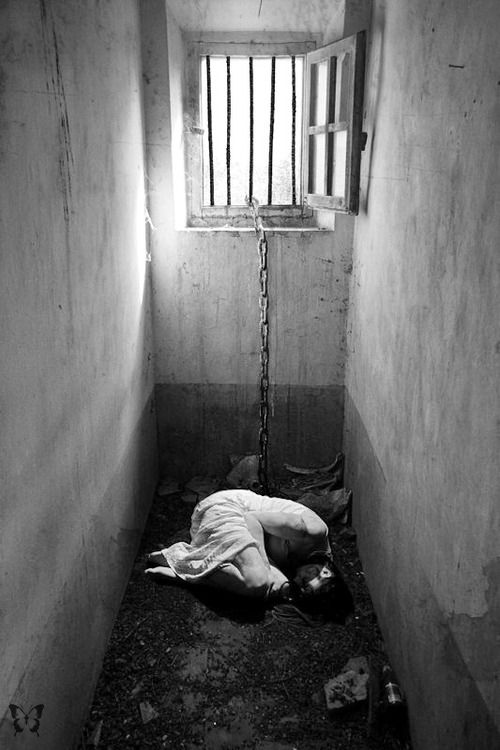
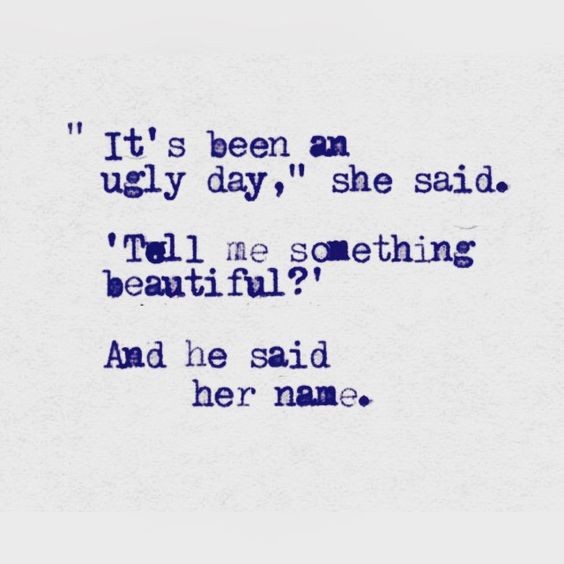
Character
Brad
Earth



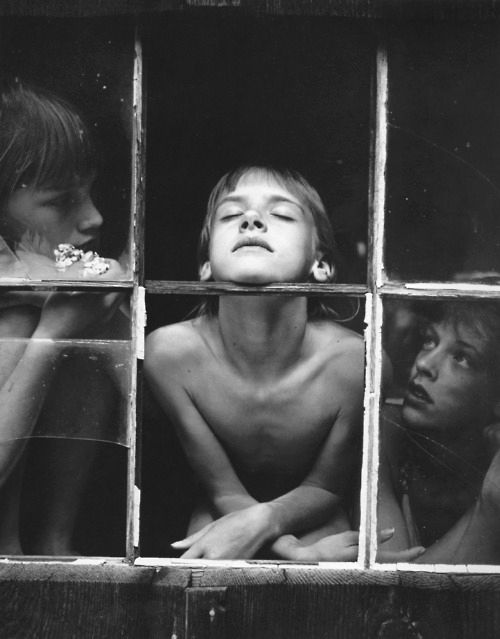
***RESEARCH***
Lost Generation
Meaning: An unfulfilled generation coming to maturity during a period of instability.
The Gen Y or millennials ~
The “Lost Generation,” a term thought to be coined by Gertrude Stein, was the generation that came of age during WWI, and referred to young people whose prospects in life looked dim. The term was also used to refer to the generation of unemployed youth in the Great Depression. If that term can be applicable to today’s Generation Y, it’s in reference to their high aspirations yet what some would say are their dismal economic prospects. At the same time, it’s clear Gen Y has a very different set of values for work and life in general.
The term was popularized by Ernest Hemingway, who used it as one of two contrasting epigraphs for his novel, The Sun Also Rises.
'Lost means not vanished but disoriented, wandering, directionless'.
In Britain the term was originally used for those who died in the war, and often implicitly referred to upper-class casualties who were perceived to have died disproportionately, robbing the country of a future elite.
The Indigo's
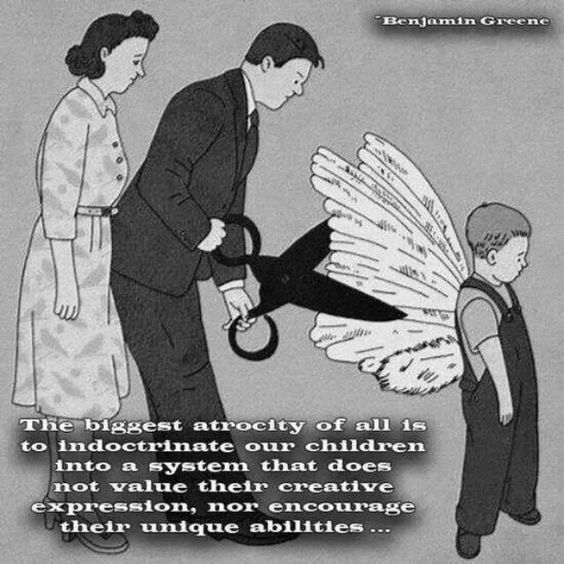
Rigid ritualistic systems are considered archaic to an indigo. They feel everything should be given creative thought. They don't just "think" they "feel."
Read more HERE
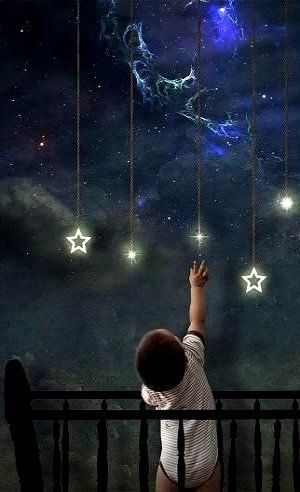
***Research***

The tower of St. Alban's of medieval origin. The building was burnt out and partially destroyed during the Blitz in 1940. The parish was united with that of St Vedast Foster Lane in 1954 and the remains of the body of the church demolished in 1965. The tower was left standing and today remains as a private dwelling on a traffic island.
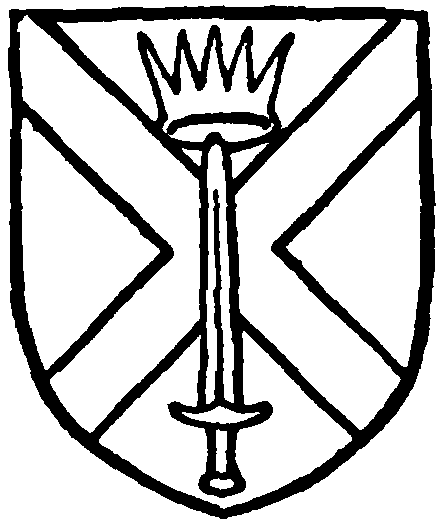
St Albans
Manipulable symbols of power
- Orb (globus cruciger) ~ with the sceptre as royal regalia.
- Sceptre, including the French Hand of Justice
- Sword - for examples, see Sword of Justice; Sword of State; Sword of Mercy (known also as Edward the Confessor's Sword) ~ The first weapons that can be described as 'swords' date to around 3100 BC. They have been found in Arslantepe, Turkey, are made from arsenical bronze, and are about 60 cm (24 in) long. Some of them are inlaid with silver. Ancient swords are often found at burial sites. The sword was often placed on the right side of the corpse. However, there are exceptions to this. A lot of times the sword was kept over the corpse. In many late Iron Age graves, the sword and the scabbard were bent at 180 degrees. It was known as killing the sword. Thus they might have considered swords as the most potent and powerful object.
- Spurs ~ "To win his spurs" meant to gain knighthood, as gilded spurs were reckoned the badge of knighthood
- Other weapons, such as a dagger (as in Arabian and Indian traditions),a spear, or a royal kris (in Malay traditions)
- Crook and flail ~ The crook (heka) and flail (nekhakha) are symbols used in Ancient Egyptian society. They were originally the attributes of the deity Osiris that became insignia of pharaonic authority. The shepherd's crook stood for kingship and the flail for the fertility of the land.
- The Sekhem-scepter is a type of ritual scepter in ancient Egypt. It is a symbol of authority and is often incorporated in names and words associated with power and control. The sekhem-scepter (symbolizing "the powerful") is related to the hrp-scepter (symbolizing "the controller") and the aba-scepter (symbolizing "the commander"), which are all represented with the same hieroglyphic symbol.
- Seals, such as the Heirloom Seal of the Realm, represented imperial authority under the Mandate of Heaven in China.
Sword making
A good sword has to be hard enough to hold an edge along a length which can range from 18 in (46 cm) to more than 36 in (91 cm). At the same time it must be strong enough and flexible enough that it can absorb massive shocks at just about any point along its length and not crack or break. Finally, it should be balanced along its length so that it can be wielded effectively.
Bladesmithing is the art of making knives, swords, daggers and other blades using a forge, hammer, anvil, and other smithing tools.
A blacksmith is a metalsmith who creates objects from wrought iron or steel by forging the metal, using tools to hammer, bend, and cut (cf. whitesmith).
In Hindu mythology, Tvastar also known as Vishvakarma is the blacksmith of the devas. The earliest references of Tvastar can be found in the Rigveda.
Hephaestus (Latin: Vulcan) was the blacksmith of the gods in Greek and Roman mythology.
In Celtic mythology, the role of Smith is held by eponymous (their names do mean 'smith') characters : Goibhniu (Irish myths of the Tuatha Dé Danann cycle) or Gofannon (Welsh myths/ the Mabinogion ).
The Anglo-Saxon Wayland Smith, known in Old Norse as Völundr, is a heroic blacksmith in Germanic mythology.
Seppo Ilmarinen, the Eternal Hammerer, blacksmith and inventor in the Kalevala, is an archetypal artificer from Finnish mythology.
Tubal-Cain is mentioned in the book of Genesis of the Torah as the original smith. A descendant of Cain.
Ogun, the god of iron, is one of the pantheon of "orisa" traditionally worshipped by the Yoruba of Nigeria.
One of the earliest writings giving reference to occultism is the Egyptian Book of the Dead.
Weapons of Ancient times
Ancient Greek myths about Hercules poisoning his arrows with the venom of the Hydra monster are the earliest references to toxic weapons in western literature. Homer's epics, the Iliad and the Odyssey, allude to poisoned arrows used by both sides in the legendary Trojan War (Bronze Age Greece).
Some of the earliest surviving references to toxic warfare appear in the Indian epics Ramayana and Mahabharata. The "Laws of Manu," a Hindu treatise on statecraft (c. 400 BC) forbids the use of poison and fire arrows, but advises poisoning food and water. Kautilya's "Arthashastra", a statecraft manual of the same era, contains hundreds of recipes for creating poison weapons, toxic smokes, and other chemical weapons. Ancient Greek historians recount that Alexander the Great encountered poison arrows and fire incendiaries in India at the Indus basin in the 4th century BC.
Arsenical smokes were known to the Chinese as far back as c. 1000 BC and Sun Tzu's "Art of War" (c. 200 BC) advises the use of fire weapons.
Weapon of mass destruction HERE
Chemical Corps HERE ~ Elementis Regamus Proelium translates to:
"Let us (or we) rule the battle by means of the elements"
A doomsday device is a hypothetical construction—usually a weapon, or collection of weapons—which could destroy all life on a planet, particularly Earth, or destroy the planet itself, bringing "doomsday", a term used for the end of planet Earth.
A global catastrophic risk is a hypothetical future event that has the potential to damage human well-being on a global scale. Some events could cripple or destroy modern civilization. Any event that could cause human extinction is also known as an existential risk.
Apocalypticism is the religious belief that there will be an apocalypse, a term which originally referred to a revelation of God's will, but now usually refers to the belief that the world will come to an end very soon, even within one's own lifetime. This belief is usually accompanied by the idea that civilization will soon come to a tumultuous end due to some sort of catastrophic global event.
Apocalypticism is often conjoined with esoteric knowledge that will likely be revealed in a major confrontation between good and evil forces, destined to change the course of history. Apocalypses can be viewed as good, evil, ambiguous or neutral, depending on the particular religion or belief system promoting them.
Eschatology is a part of theology concerned with the final events of history, or the ultimate destiny of humanity. This concept is commonly referred to as the "end of the world" or "end time". In the context of mysticism, the phrase refers metaphorically to the end of ordinary reality and reunion with the Divine. In many religions it is taught as an existing future event prophesied in sacred texts or folklore. More broadly, eschatology may encompass related concepts such as the Messiah or Messianic Age, the end time, and the end of days.
History is often divided into "ages" (aeons), which are time periods each with certain commonalities. One age comes to an end and a new age or world to come, where different realities are present, begins. When such transitions from one age to another are the subject of eschatological discussion, the phrase, "end of the world", is replaced by "end of the age", "end of an era", or "end of life as we know it".
Much apocalyptic fiction does not deal with the "end of time" but rather with the end of a certain period of time, the end of life as it is now, and the beginning of a new period of time. It is usually a crisis that brings an end to current reality and ushers in a new way of living, thinking, or being. This crisis may take the form of the intervention of a deity in history, a war, a change in the environment, or the reaching of a new level of consciousness.
Nature~ Mother's Seed
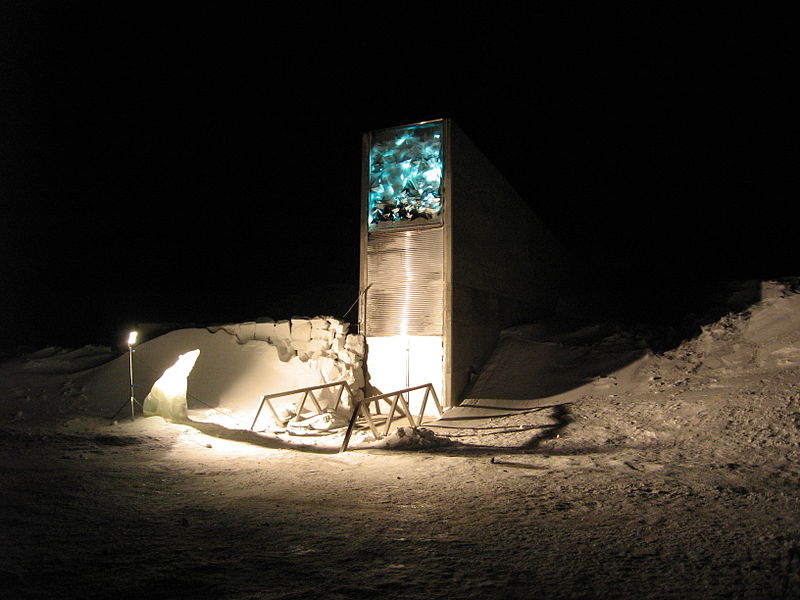
It preserves a wide variety of plant seeds that are duplicate samples, or "spare" copies, of seeds held in gene banks worldwide. The seed vault is an attempt to insure against the loss of seeds in other genebanks during large-scale regional or global crises.
The Norwegian government entirely funded the vault's approximately NOK 45 million (US$9 million) construction. Storing seeds in the vault is free to end users, with Norway and the Global Crop Diversity Trust paying for operational costs. Primary funding for the Trust comes from organisations such as the Bill & Melinda Gates Foundation and from various governments worldwide.
The seed vault functions like a safe deposit box in a bank. The bank owns the building and the depositor owns the contents of his or her box. The Government of Norway owns the facility and the depositing genebanks own the seeds they send.
In genebank terminology this is called a "black box" arrangement. Each depositor signs a Deposit Agreement with NordGen, acting on behalf of Norway. The Agreement makes clear that Norway does not claim ownership over the deposited samples and that ownership remains with the depositor, who has the sole right of access to those materials in the seed vault. No one has access to anyone else's seeds from the seed vault.
The Global Crop Diversity Trust (GCDT) has played a key role in the planning of the seed vault and is coordinating shipments of seed samples to the Vault in conjunction with the Nordic Genetic Resource Center. The Trust will provide most of the annual operating costs for the facility, and has set aside endowment funds to do so, while the Norwegian government will finance upkeep of the structure itself.
An international nonprofit organization which works to preserve crop diversity in order to protect global food security. It was established through a partnership between the United Nations Food and Agriculture Organization and the Consultative Group on International Agricultural Research acting through Bioversity International.
A seed bank (also seedbank or seeds bank) stores seeds to preserve genetic diversity; hence it is a type of gene bank.
Frozen zoo~ Modern Ark
Stored material can be stored indefinitely[3] and used for artificial insemination, in vitro fertilisation, embryo transfer and cloning.
Freeze tolerance, in which organisms survive the winter by freezing solid and ceasing life functions, is known in a few vertebrates: five species of frogs.
The Gaia hypothesis, also known as Gaia theory or Gaia principle, proposes that organisms interact with their inorganic surroundings on Earth to form a synergistic self-regulating, complex system that helps to maintain and perpetuate the conditions for life on the planet.
Life Span
Molecular mechanisms of DNA repair processes.
Senescence (from Latin: senescere, meaning "to grow old," from senex) or biological aging (also spelled biological ageing) is the gradual deterioration of function characteristic of most complex lifeforms, arguably found in all biological kingdoms, that on the level of the organism increases mortality after maturation. The word "senescence" can refer either to cellular senescence or to senescence of the whole organism. It is commonly believed that cellular senescence underlies organismal senescence. The science of biological aging is biogerontology.
There is also the extremely rare and poorly understood "Syndrome X," whereby a person remains physically and mentally an infant or child throughout one's life.
DNA damage theory of aging HERE
Journal HERE
Life extension science, also known as anti-aging medicine, indefinite life extension, experimental gerontology, and biomedical gerontology, is the study of slowing down or reversing the processes of aging to extend both the maximum and average lifespan. Some researchers in this area, and "life extensionists", "immortalists" or "longevists" (those who wish to achieve longer lives themselves), believe that future breakthroughs in tissue rejuvenation, stem cells, regenerative medicine, molecular repair, gene therapy, pharmaceuticals, and organ replacement (such as with artificial organs or xenotransplantations) will eventually enable humans to have indefinite lifespans (agerasia) through complete rejuvenation to a healthy youthful condition.
The Freedom of Information Act 2000 (c.36) is an Act of Parliament of the Parliament of the United Kingdom that creates a public "right of access" to information held by public authorities.
Freedom of information in the United Kingdom ~ FOI legislation in the UK is the result of a series of incremental reforms. The 1966 Fulton report recommended the elimination of 'unnecessary secrecy.' The 1974 Labour manifesto promised a future FOI Act and the repeal of the 1911 Official Secrets Act.In 2007, the Freedom of Information (Amendment) Bill was introduced as a private members bill in the House of the Commons by the Conservative MP David Maclean. The bill proposed to exempt MPs and Peers from the provisions of the 2000 Act, but whilst it successfully completed its passage in the Commons, it failed to progress through the House of Lords after failing to find a sponsor.
Freedom of Information Act 2000
In 1977, a Freedom of Information Act request uncovered a cache of 20,000 documents relating to project MKUltra, which led to Senate hearings later that same year. In July 2001, some surviving information regarding MKUltra was declassified.
Technology/Science
Professor of neuropsychology Barbara Sahakian qualifies, "A lot of neuroscientists in the field are very cautious and say we can't talk about reading individuals' minds, and right now that is very true, but we're moving ahead so rapidly, it's not going to be that long before we will be able to tell whether someone's making up a story, or whether someone intended to do a crime with a certain degree of certainty."
The Emotiv Epoc is one way that users can give commands to devices using only thoughts.
Experts are unsure of how far thought identification can expand, but Marcel Just believes that in 3–5 years there will be a machine that is able to read complex thoughts such as 'I hate so-and-so'.
Researchers at the University of California Berkeley have already been successful in forming, erasing, and reactivating memories in rats. Dr. Marks says they are working on applying the same techniques to humans.
Further research is also being done in analyzing brain activity during video games to detect criminals, neuromarketing, and using brain scans in government security checks.
Brain fingerprinting is a forensic science technique that uses electroencephalography (EEG) to determine whether specific information is stored in a subject's brain. It consists of the measuring and recording a person's electrical brainwaves and their brain response, which is known as P300-MERMER ("Memory and Encoding Related Multifaceted Electroencephalographic Response"), to words, phrases, or pictures on a computer screen.
Brain fingerprinting has two primary applications. First, it is used in detecting whether information about a specific crime, terrorist act, or incident is stored in the brain. Second, it is used to determine whether a subject has a specific type of knowledge, expertise, or training, such as information specific to FBI agents, ISIL-trained terrorists, or bomb-makers.
A thoughtcrime is an Orwellian neologism used to describe an illegal thought. The term was popularized in the dystopian novel Nineteen Eighty-Four by George Orwell, wherein thoughtcrime is the criminal act of holding unspoken beliefs or doubts that oppose or question the ruling party. In the book, the government attempts to control not only the speech and actions, but also the thoughts of its subjects. To entertain unacceptable thoughts is known as crimethink.
A mental image or mental picture is the representation in a person's mind of the physical world outside of that person. It is an experience that, on most occasions, significantly resembles the experience of perceiving some object, event, or scene, but occurs when the relevant object, event, or scene is not actually present to the senses. There are sometimes episodes, particularly on falling asleep (hypnagogic imagery) and waking up (hypnopompic), when the mental imagery, being of a rapid, phantasmagoric and involuntary character, defies perception, presenting a kaleidoscopic field, in which no distinct object can be discerned. Mental imagery can sometimes produce the same effects as would be produced by the behavior or experience imagined.
The nature of these experiences, what makes them possible, and their function (if any) have long been subjects of research and controversy in philosophy, psychology, cognitive science, and, more recently, neuroscience.
Common examples of mental images include daydreaming and the mental visualization that occurs while reading a book. When a musician hears a song, he or she can sometimes "see" the song notes in their head, as well as hear them with all their tonal qualities.
Creative visualization is the cognitive process of purposefully generating visual mental imagery, with eyes open or closed, simulating or recreating visual perception, in order to maintain, inspect, and transform those images, consequently modifying their associated emotions or feelings, with intent to experience a subsequent beneficial physiological, psychological, or social effect, such as expediting the healing of wounds to the body, minimizing physical pain, alleviating psychological pain including anxiety, sadness, and low mood, improving self-esteem or self-confidence, and enhancing the capacity to cope when interacting with others.
Creative visualization is closely related to, and is often considered as one part of, guided imagery. In guided imagery, a trained practitioner or teacher helps a participant or patient to evoke and generate mental images that simulate or re-create the sensory perception of sights, sounds, tastes, smells, movements, and touch, as well as imaginative or mental content that the participating subject experiences as defying conventional sensory categories.
The NCCIH defines mind-body interventions as those practices that "employ a variety of techniques designed to facilitate the mind's capacity to affect bodily function and symptoms", and include guided imagery, guided meditation and forms of meditative praxis, hypnosis and hypnotherapy, prayer, as well as art therapy, music therapy, and dance therapy.
All mind–body interventions, including the aforementioned, focus on the interaction between the brain, body, and behavior and are practiced with intention to use the mind to alter physical function and promote overall health and wellbeing. There is evidence supporting the brain and central nervous system's influence on the immune system and the capacity for mind-body interventions to enhance immune function outcomes, including defense against and recovery from infection and disease.
All mental imagery, including the visual images generated through creative visualization, can precipitate or be associated with strong emotions or feelings.
Below, United States Application US20100049076 for
IBM PATENT ~ RETRIEVING MENTAL IMAGES OF FACES FROM THE HUMAN BRAIN - PDF
Read how scientists have discovered how to 'delete' unwanted memories HERE
Colour Therapy
Colour Therapy is a complementary therapy for which there is evidence dating back thousands of years to the ancient cultures of Egypt, China and India. Colour is simply light of varying wavelengths, thus each colour has its own particular wavelength and energy.
Colour is simply light of varying wavelengths and, as such, is a form of energy that is used in Colour Therapy.
This light energy affects all living cells (as we all know, without light all living things are affected). Used in the right way, these different frequencies of light, i.e. colour, can have a profound and healing effect on all creation, human or otherwise. It is a well know scientific fact that everything has a vibration, that is to say that all things have their own vibration/frequency, and that includes US.
The energy relating to each of the seven spectrum colours of red, orange, yellow, green, blue, indigo and violet, resonates with the energy of each of the seven main chakras/energy centres of the body. If you can imagine the chakras as a set of cogs/wheels, they are rather like the workings of a clock or an engine; each cog/wheel needs to move smoothly for the clock/engine to work properly. Thus good health and wellbeing is achieved by a balance of all these energies. Balance of the energy in each of the body’s chakras is very important for health and wellbeing. Colour therapy can help to re-balance and/or stimulate these energies by applying the appropriate colour to the body and therefore re-balance our chakras.
More HERE
Art therapy
Art therapists work with children, young people, adults and the elderly. Clients may have a wide range of difficulties, disabilities or diagnoses. These include emotional, behavioural or mental health problems, learning or physical disabilities, life-limiting conditions, neurological conditions and physical illnesses.
Current art therapy includes a vast number of other approaches such as: Person-Centered, Cognitive, Behavior, Gestalt, Narrative, Adlerian, Family (Systems) and more. The tenets of art therapy involve humanism, creativity, reconciling emotional conflicts, fostering self-awareness, and personal growth.
More HERE
Hesiod's Five Ages
The first extant account of the successive ages of humanity comes from the Greek poet Hesiod's Works and Days (lines 109–201). His list is:
- Golden Age – The Golden Age is the only age that falls within the rule of Cronus. Created by the immortals who live on Olympus, these humans were said to live among the gods, and freely mingled with them. Peace and harmony prevailed during this age. Humans did not have to work to feed themselves, for the earth provided food in abundance. They lived to a very old age but with a youthful appearance and eventually died peacefully. Their spirits live on as "guardians". Plato in Cratylus (397e) recounts the golden race of men who came first. He clarifies that Hesiod did not mean men literally made of gold, but good and noble. He describes these men as daemons upon the earth. Since δαίμονες (daimones) is derived from δαήμονες (daēmones, meaning knowing or wise), they are beneficent, preventing ills, and guardians of mortals.
- Silver Age – The Silver Age and every age that follows fall within the rule of Cronus' successor and son, Zeus. Men in the Silver age lived for one hundred years under the dominion of their mothers. They lived only a short time as grown adults, and spent that time in strife with one another. During this Age men refused to worship the gods and Zeus destroyed them for their impiety. After death, humans of this age became "blessed spirits" of the underworld.
- Bronze Age – Men of the Bronze Age were hardened and tough, as war was their purpose and passion. Zeus created these humans out of the ash tree. Their armor was forged of bronze, as were their homes, and tools. The men of this Age were undone by their own violent ways and left no named spirits; instead, they dwell in the "dank house of Hades". This Age came to an end with the flood of Deucalion.
- Heroic Age – The Heroic Age is the one age that does not correspond with any metal. It is also the only age that improves upon the age it follows. It was the heroes of this Age who fought at Thebes and Troy. This race of humans died and went to Elysium.
- Iron Age – Hesiod finds himself in the Iron Age. During this age humans live an existence of toil and misery. Children dishonor their parents, brother fights with brother and the social contract between guest and host (xenia) is forgotten. During this age might makes right, and bad men use lies to be thought good. At the height of this age, humans no longer feel shame or indignation at wrongdoing; babies will be born with gray hair and the gods will have completely forsaken humanity: "there will be no help against evil."
These mythological ages are sometimes associated with historical timelines. In the chronology of Saint Jerome the Golden Age lasts c. 1710 to 1674 BC, the Silver Age 1674 to 1628 BC, the Bronze Age 1628 to 1472 BC, the Heroic Age 1460 to 1103 BC, while Hesiod's Iron Age was considered as still ongoing by Saint Jerome in the 4th century AD.
Kingship
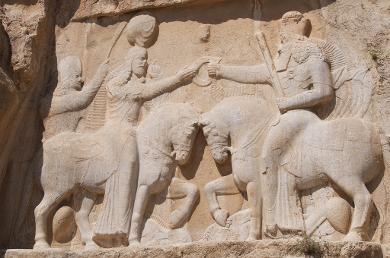
In these later texts, the glory appears to be acquirable through learning and knowledge.
The ring of kingship that appears in Sassanian investiture reliefs (above) is often identified as representing khwarrah. This is also the case for the ring held by the bearded figure in the Achaemenid winged sun-disk symbol. The Achaemenid winged sun-disk has in its entirety also been occasionally been interpreted as a representation of khvarenah.
The crown as a repository of khwarrah describes the punishment meted out to an individual who has placed the crown on the head of a false ruler.
Khvarenah may also be a facet of Zoroastrianism's Indo-Iranian cultural inheritance since khvarenah appears to have a parallel in Indic tejas. in which kingship is likewise associated with the bright splendor and power of light and fire.
Khvarenah is however also glory held by divinities: Ahura Mazda has it (19.9-13), the Amesha Spentas have it (19.14-20), the other yazatas as well (19.21-24). Yima loses it thrice, in turn to Mithra, Thraetaona and Keresaspa. Khvarenah assumes the shape of a bird when leaving Yima. The hymn to Mithra speaks of the divinity as the "dispenser of khvarenah".
Mithra is the Zoroastrian angelic Divinity (yazata) of Covenant and Oath. In addition to being the Divinity of Contracts, Mithra is also a judicial figure, an all-seeing Protector of Truth, and the Guardian of Cattle, the Harvest and of The Waters.
The Romans attributed their Mithraic mysteries (the mystery religion known as Mithraism) to Persian or Zoroastrian sources relating to Mithra. However, since the early 1970s the dominant scholarship has noted dissimilarities between Persian Mithra-worship and the Roman Mithraic mysteries.
In this context, Mithraism has sometimes been viewed as a rival of early Christianity with similarities such as liberator-saviour, hierarchy of adepts (bishops, deacons, presbyters), communal meal and a hard struggle of Good and Evil (bull-killing/crucifixion).
In the Mitanni inscription, Mitra is invoked as one of the protectors of treaties. In the Rigveda, Mitra appears primarily in the dvandva compound Mitra-Varuna, which has essentially the same attributes as Varuna alone, e.g. as the principal guardian of ṛtá "Truth, Order", breaches of which are punished. In the late Vedic texts and the Brahmanas, Mitra is increasingly associated with the light of dawn and the morning sun (while Varuna becomes associated with the evening, and ultimately the night). In the post-Vedic texts – in which Mitra practically disappears – Mitra evolved into the patron divinity of friendship, and because he is "friend", abhors all violence, even when sacred.

